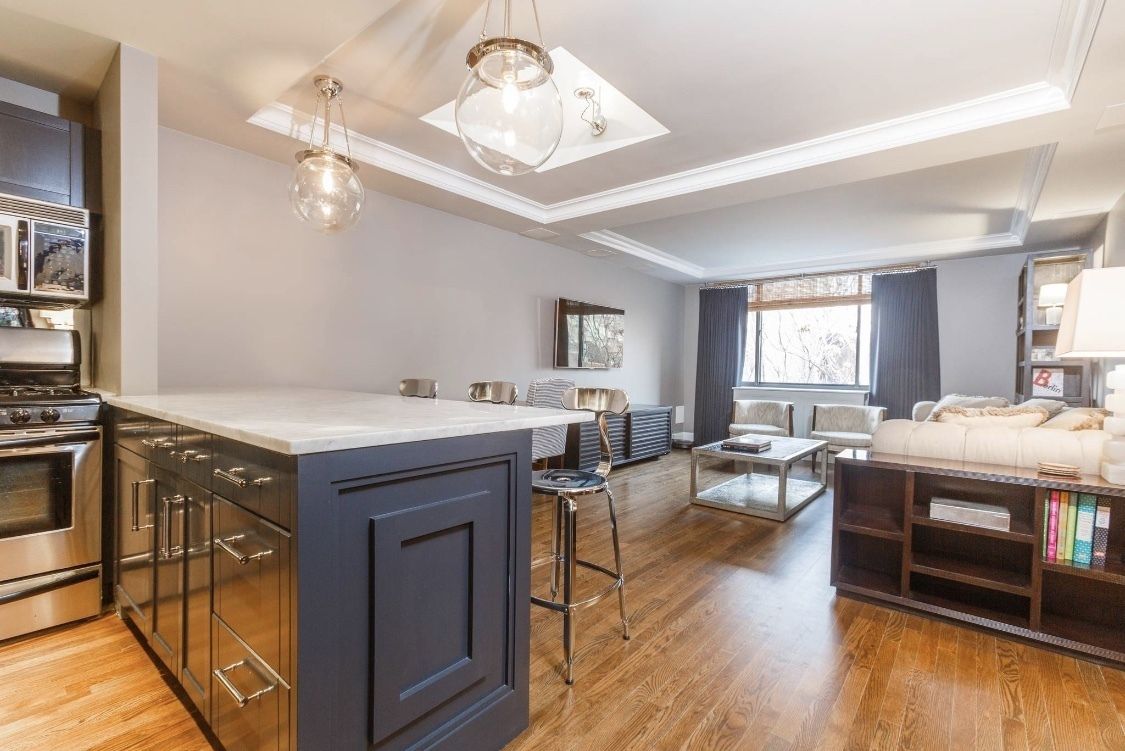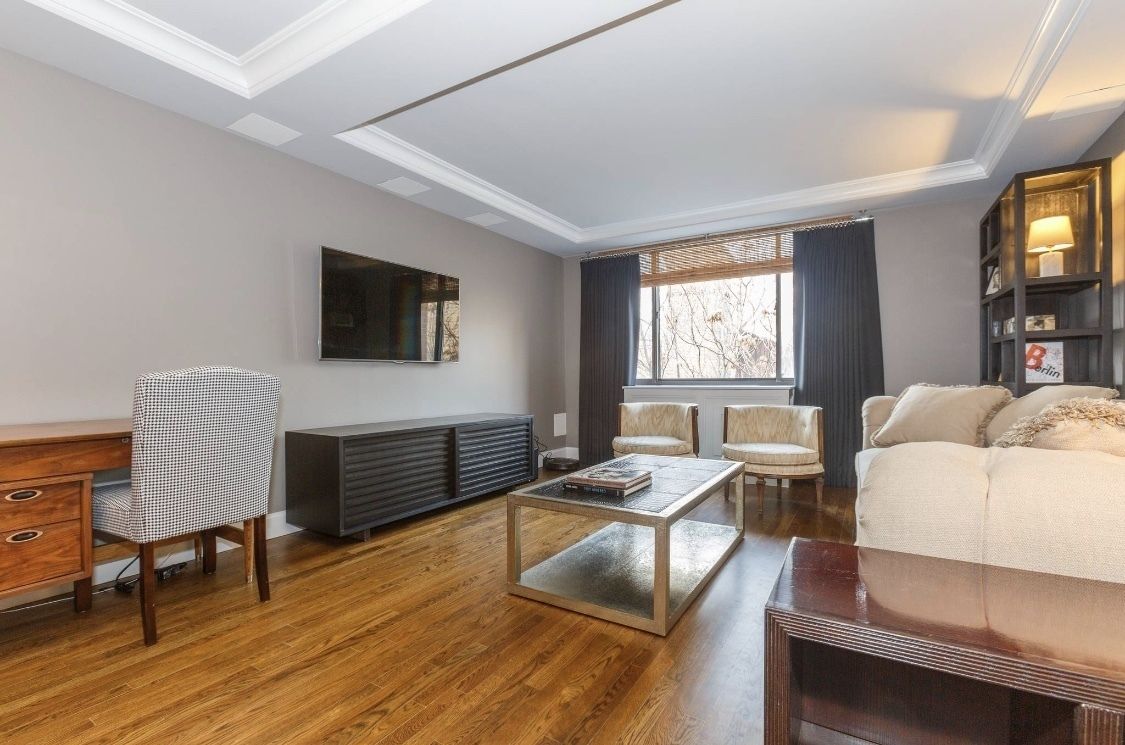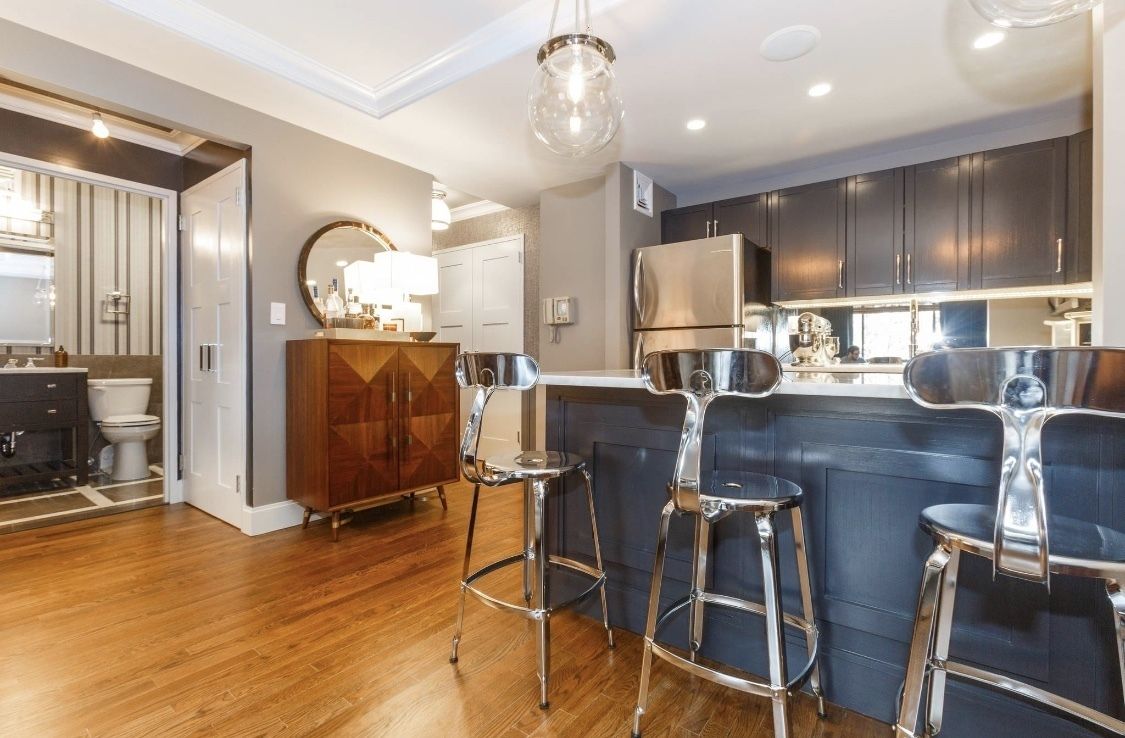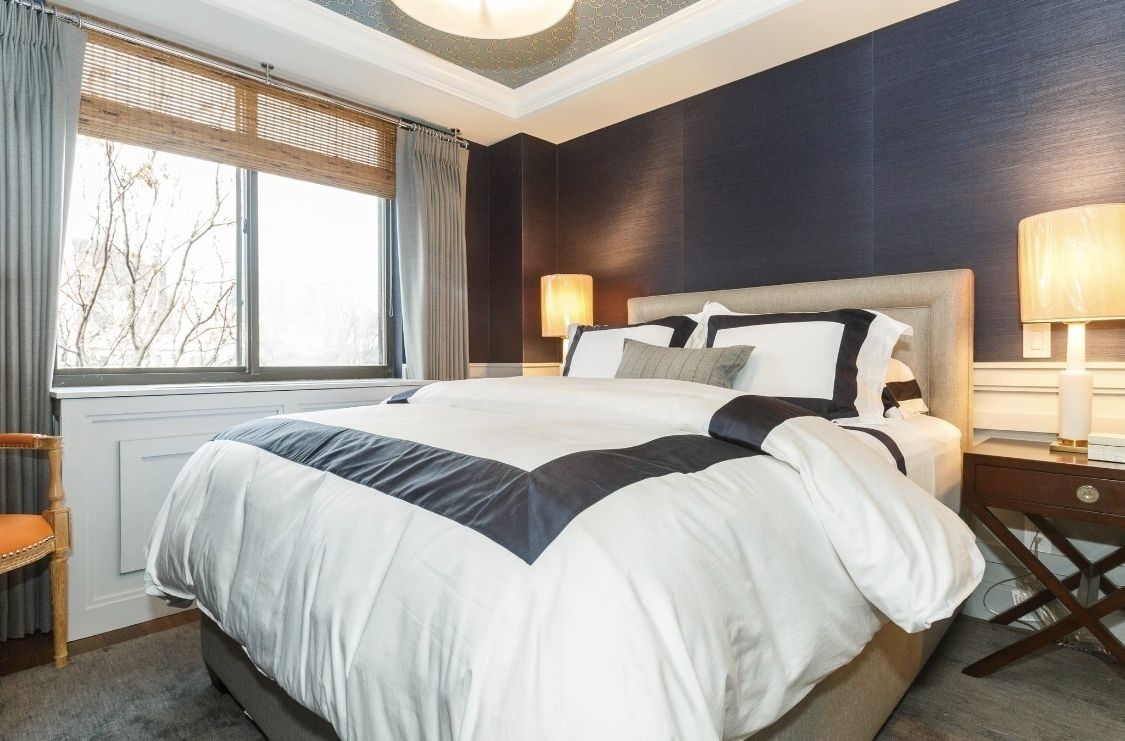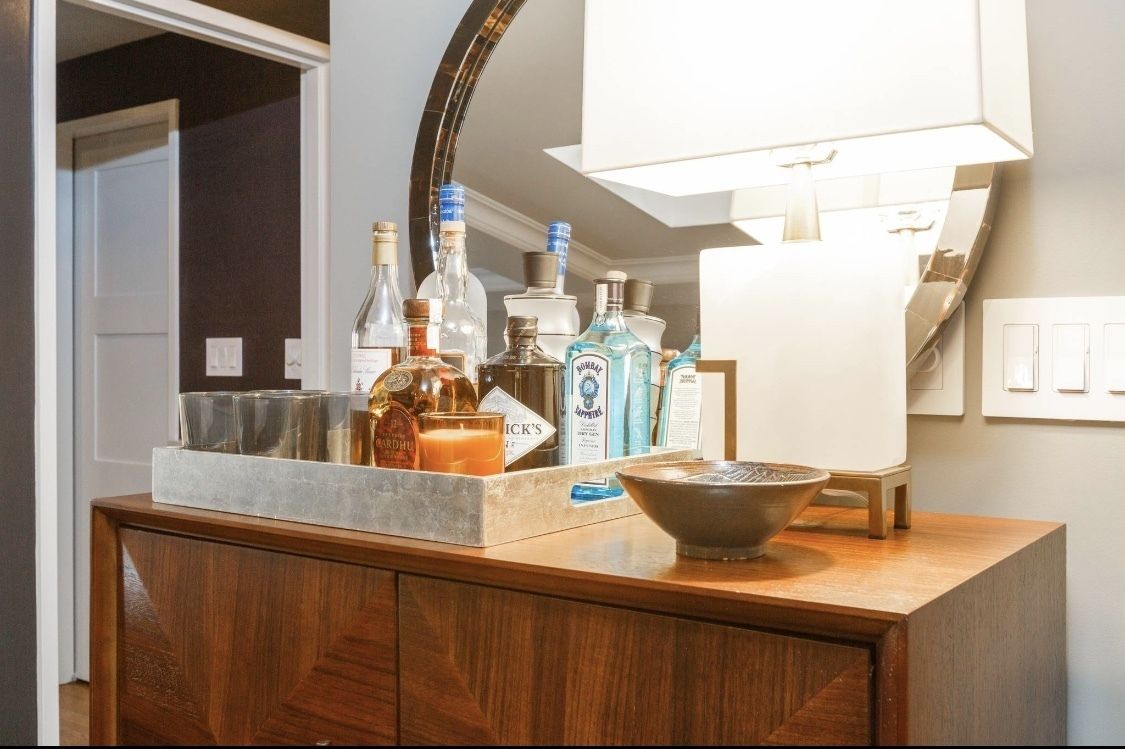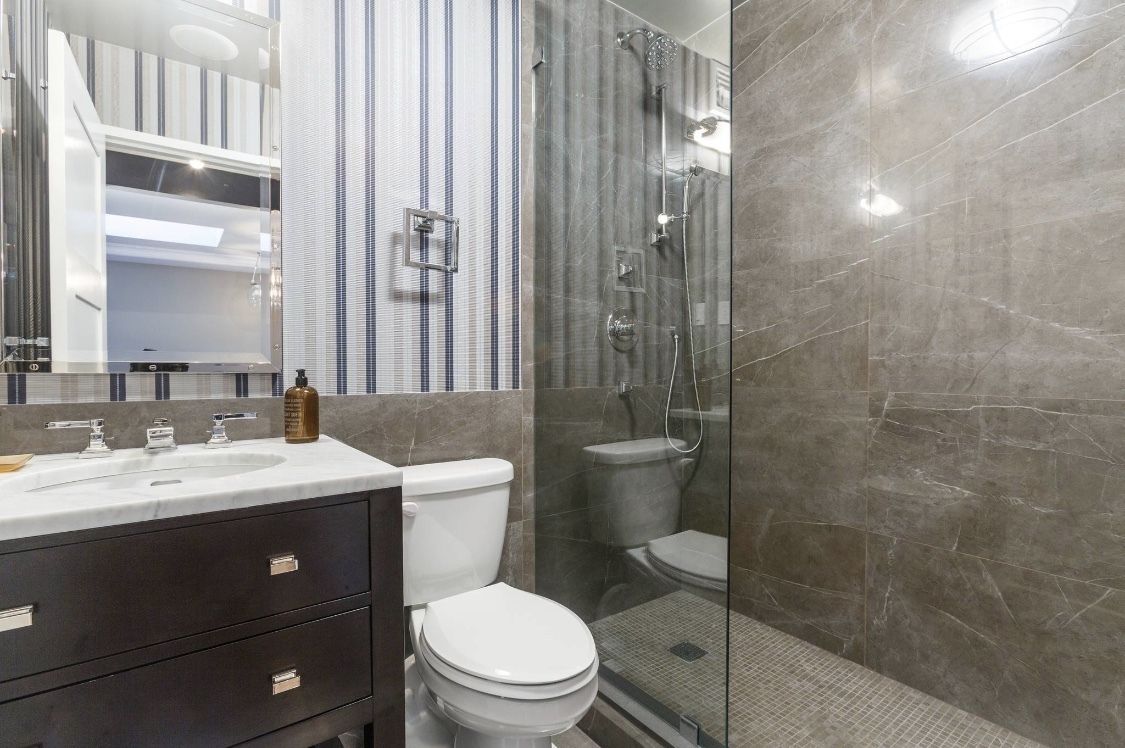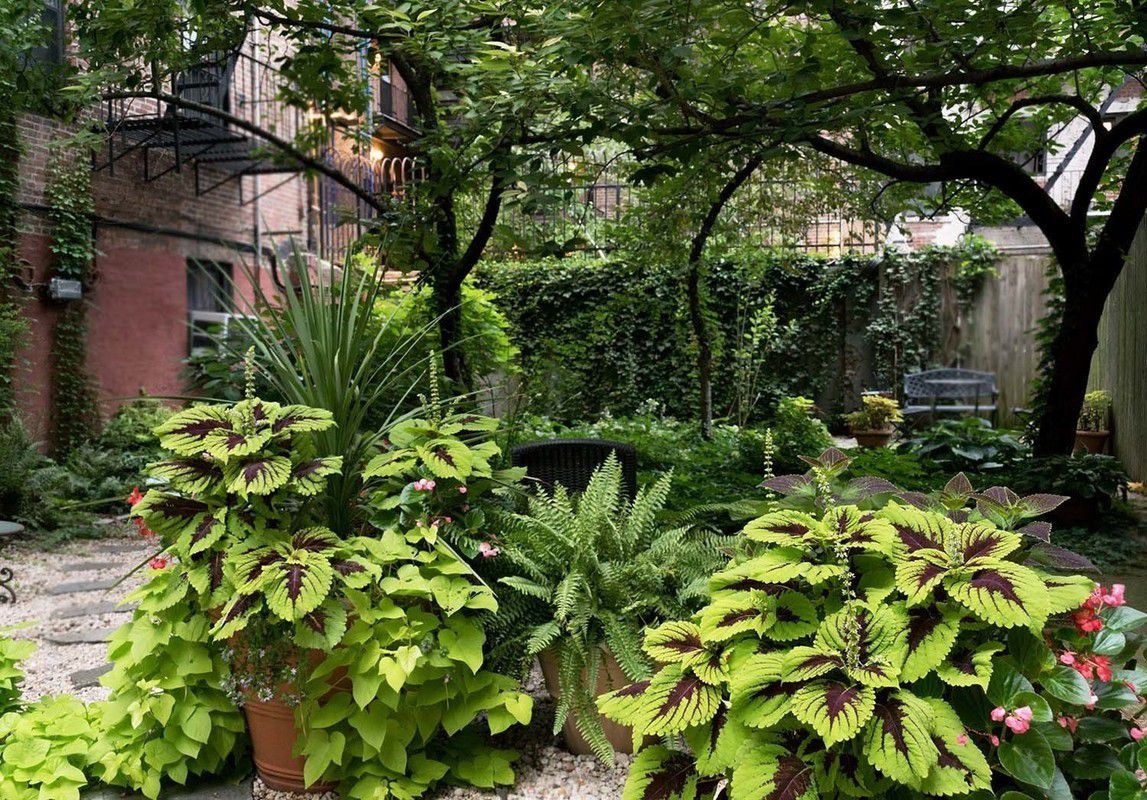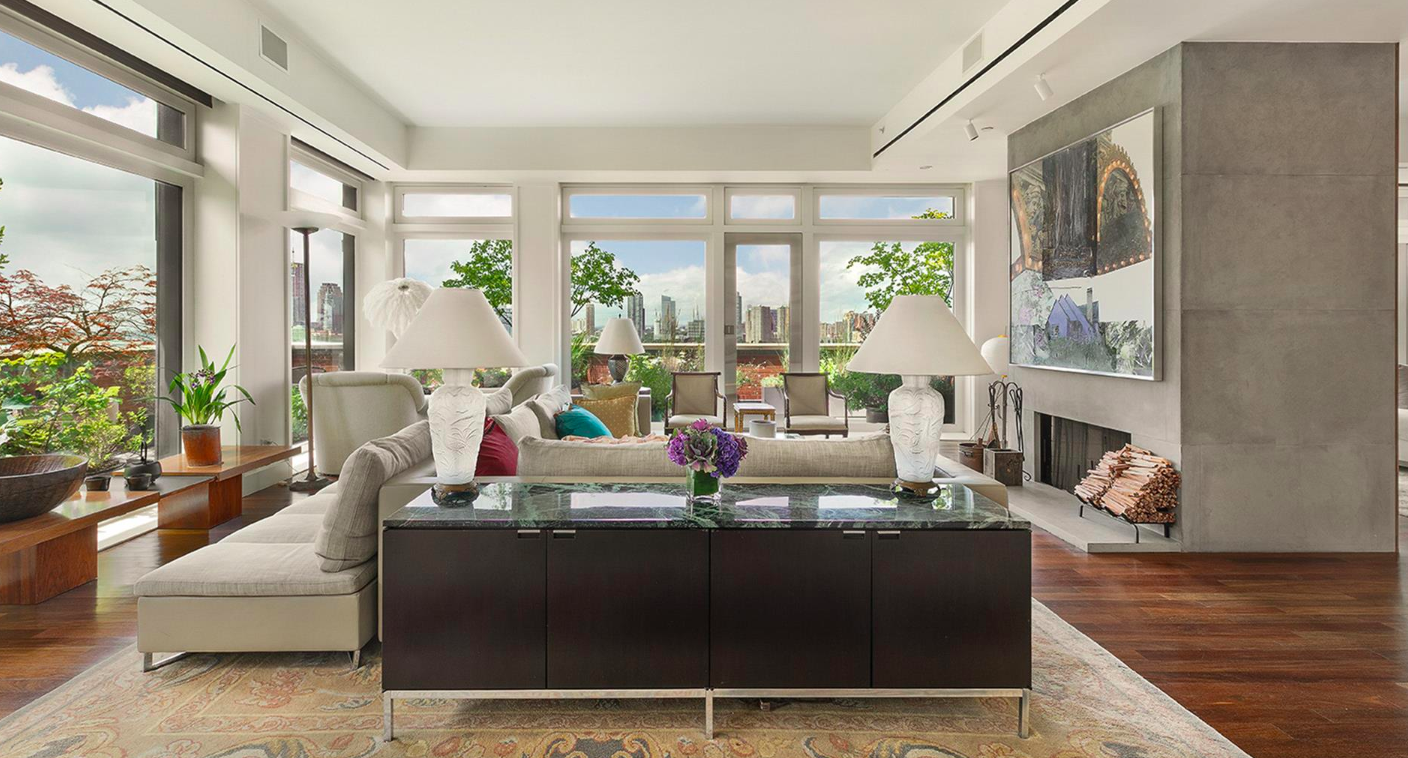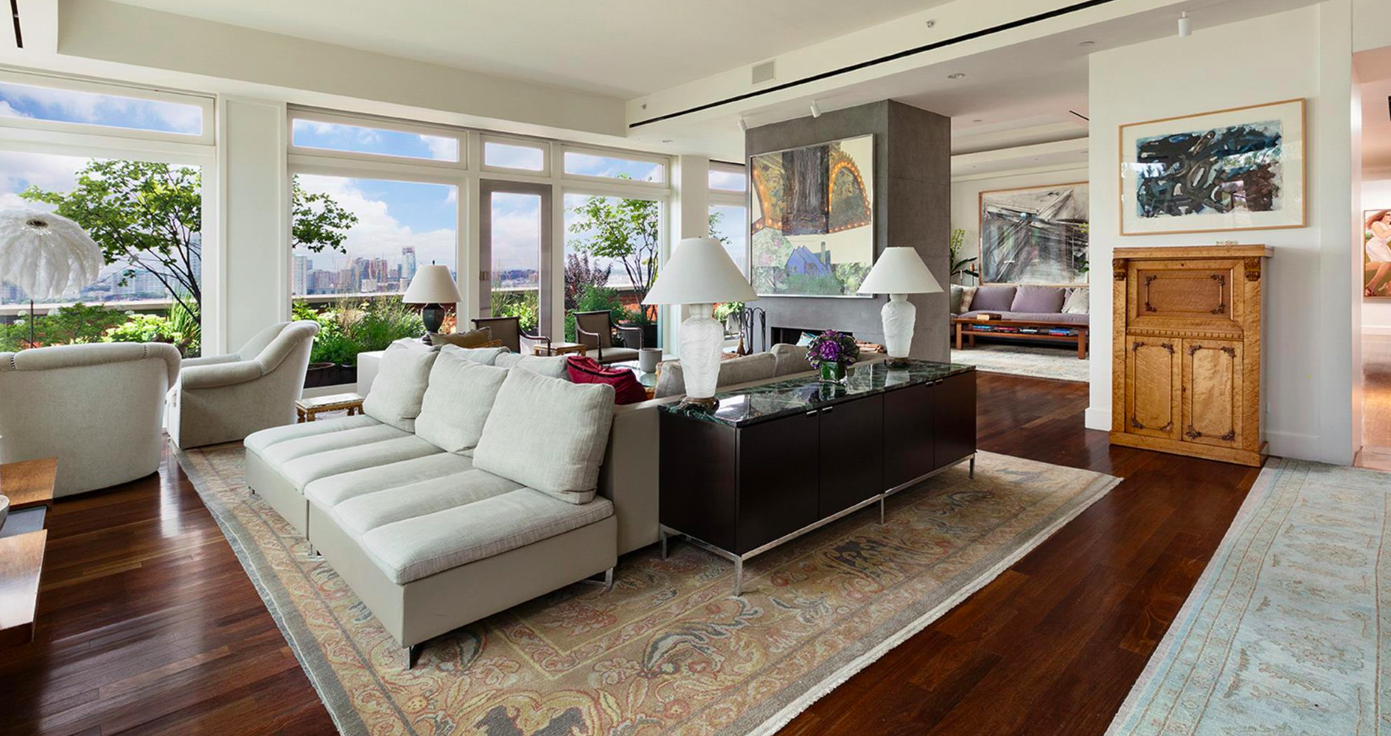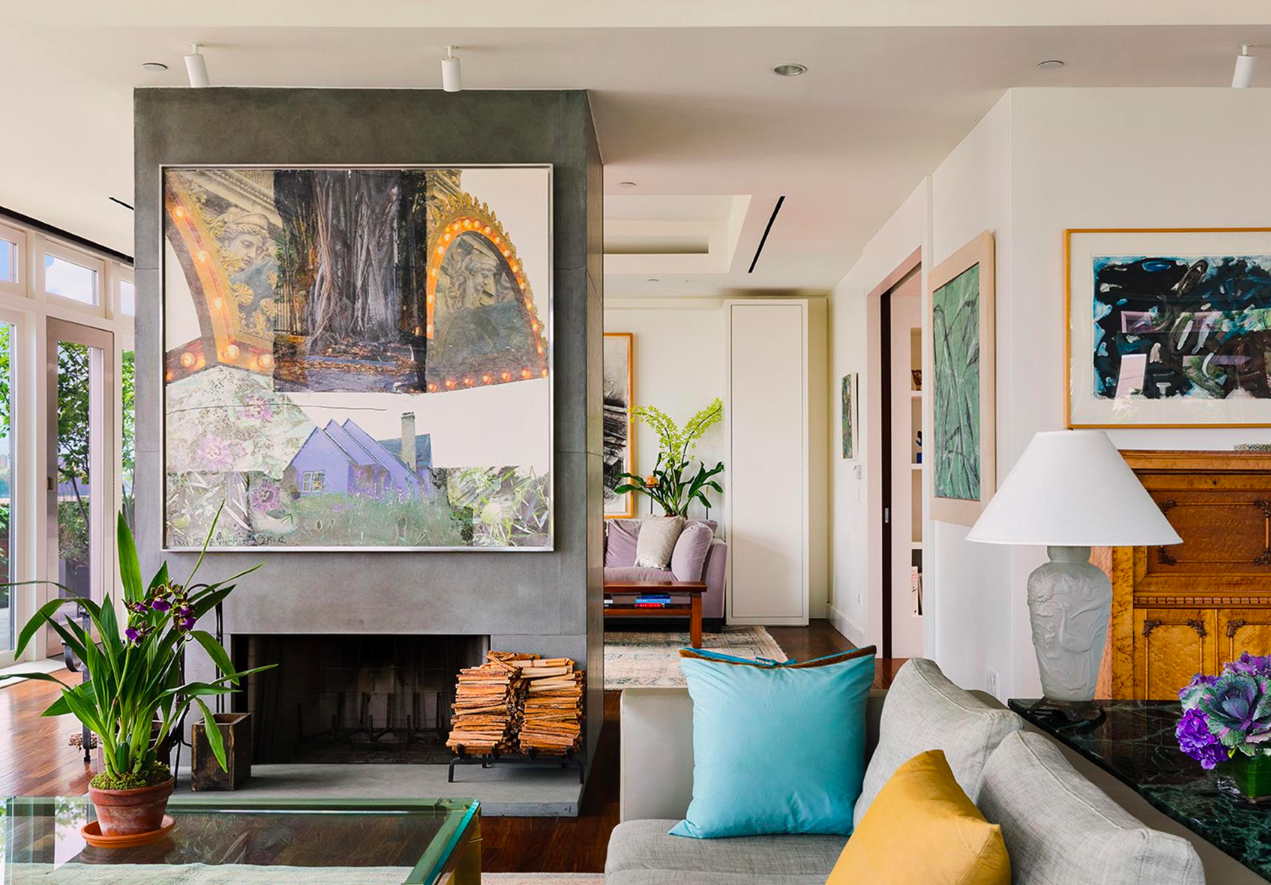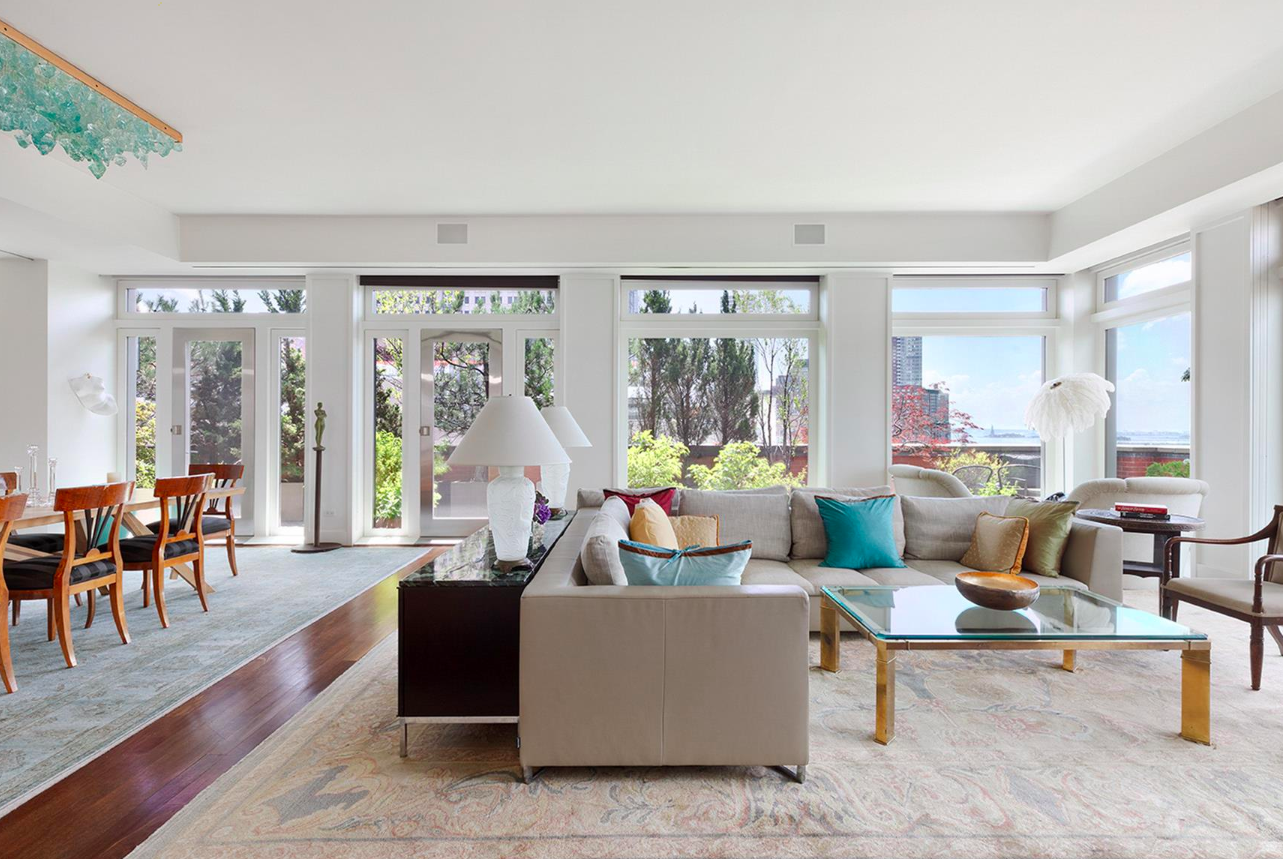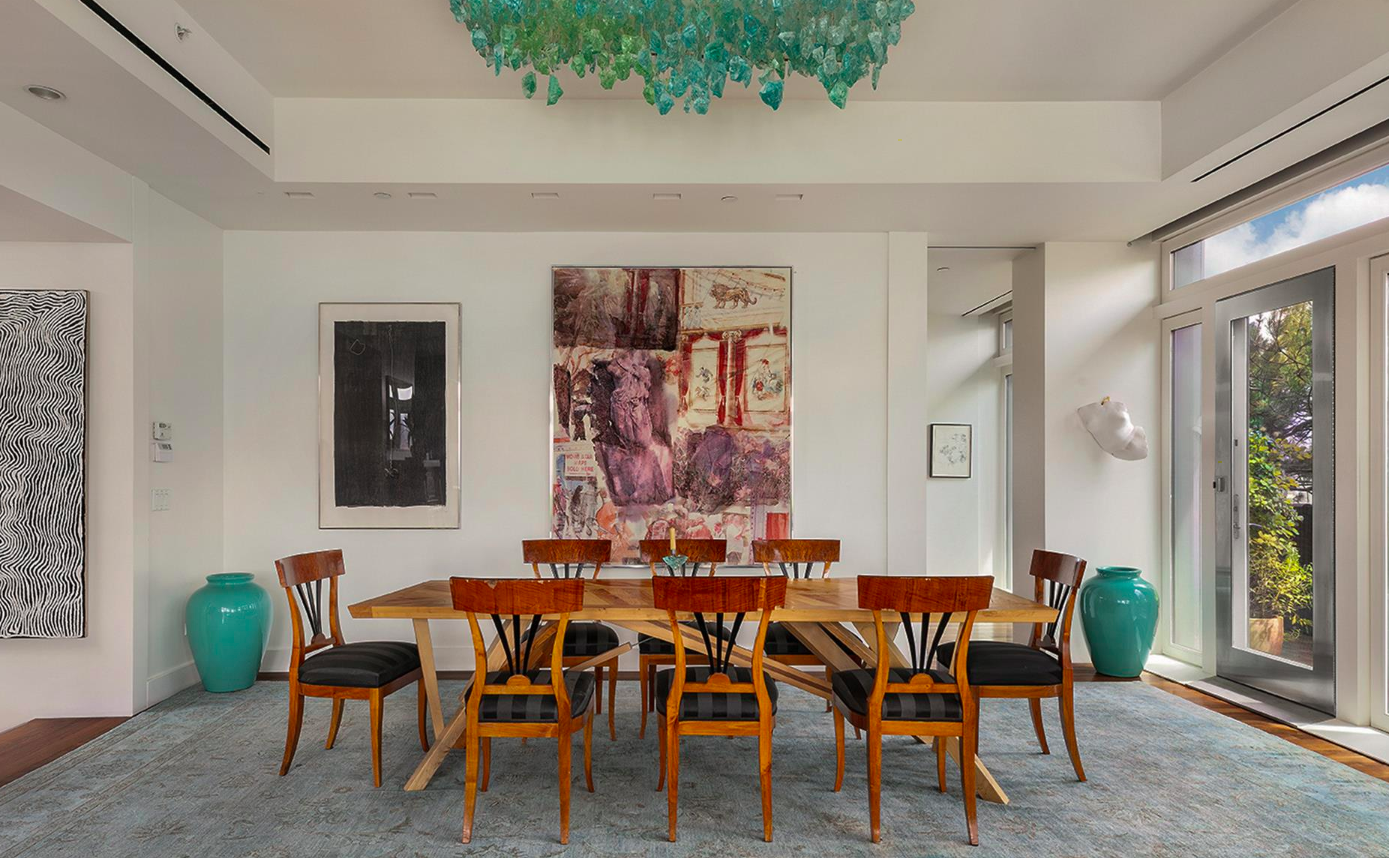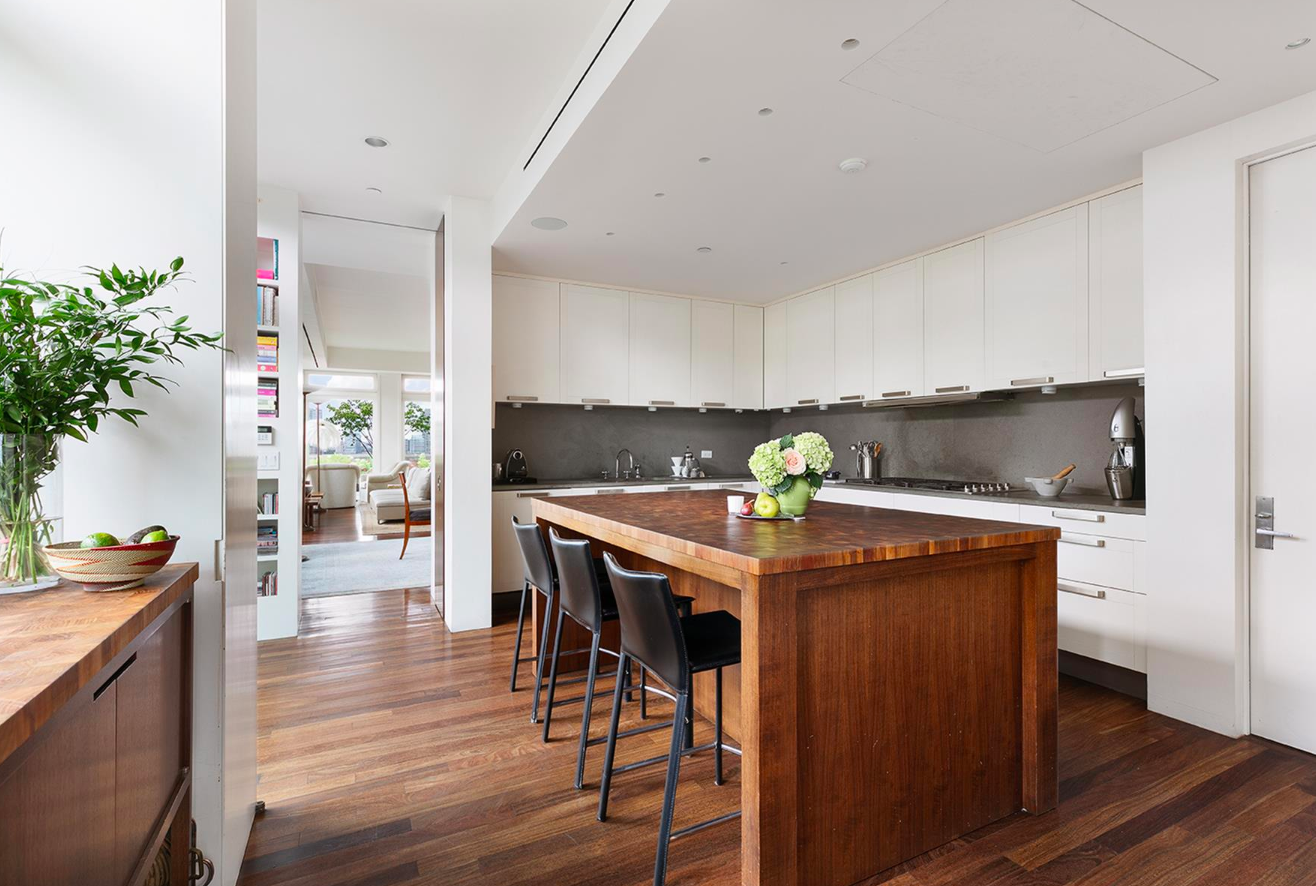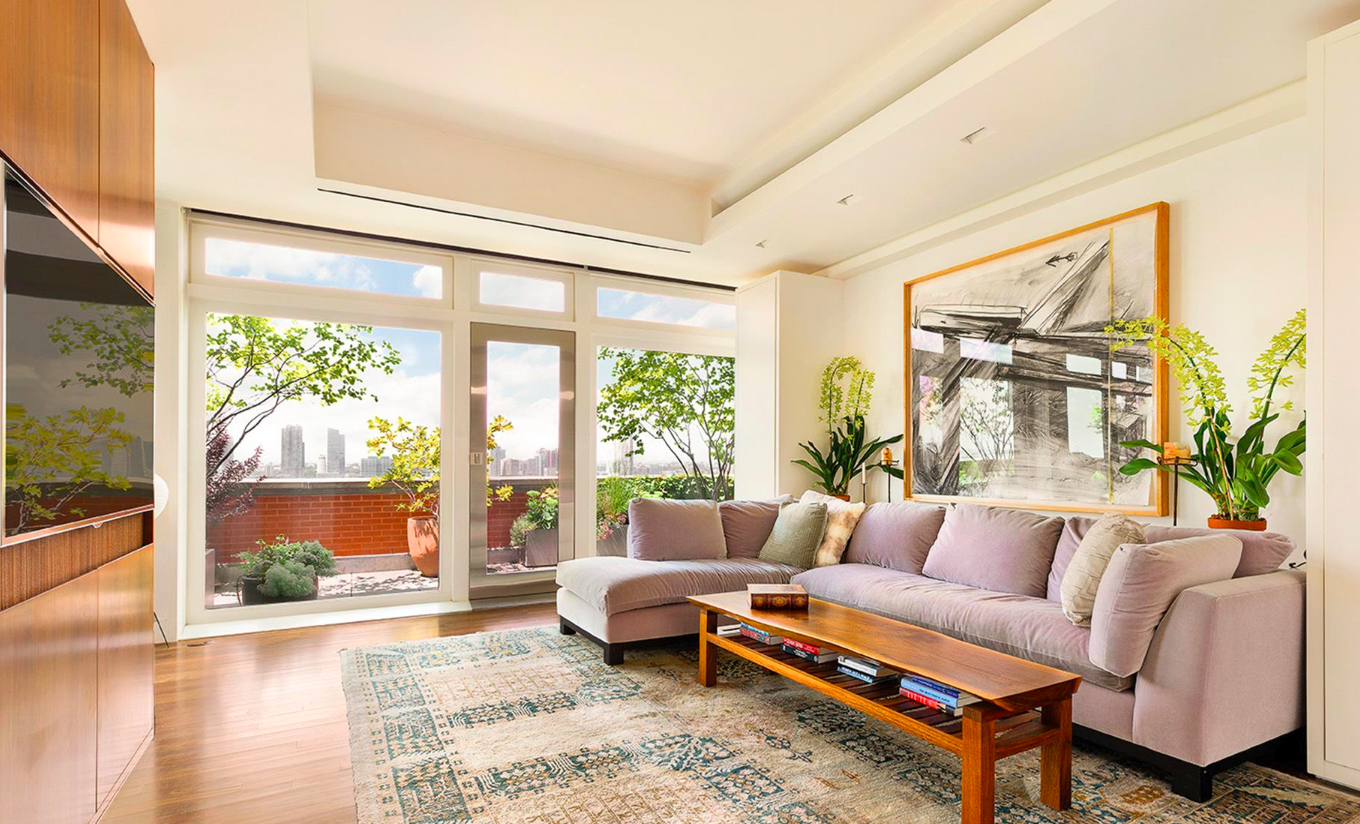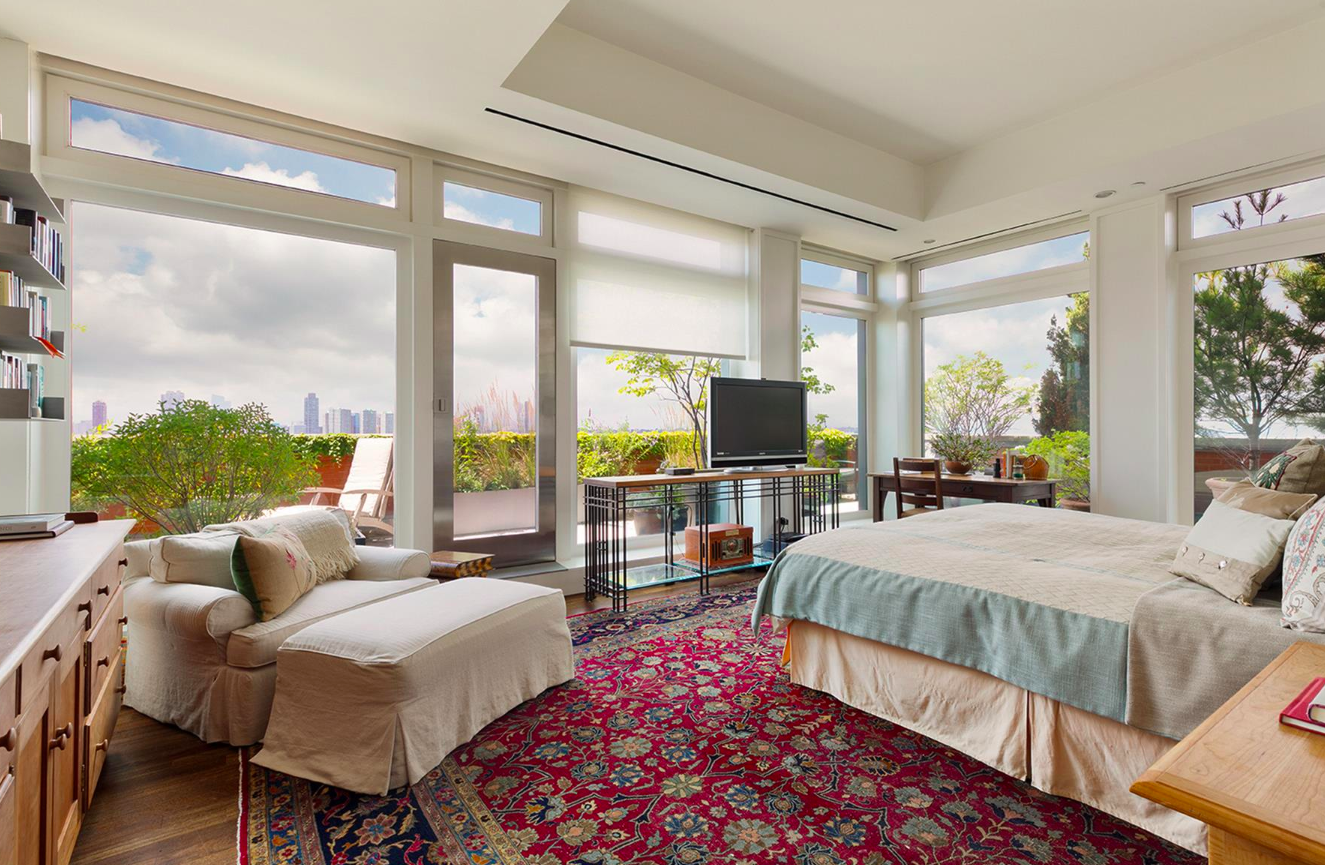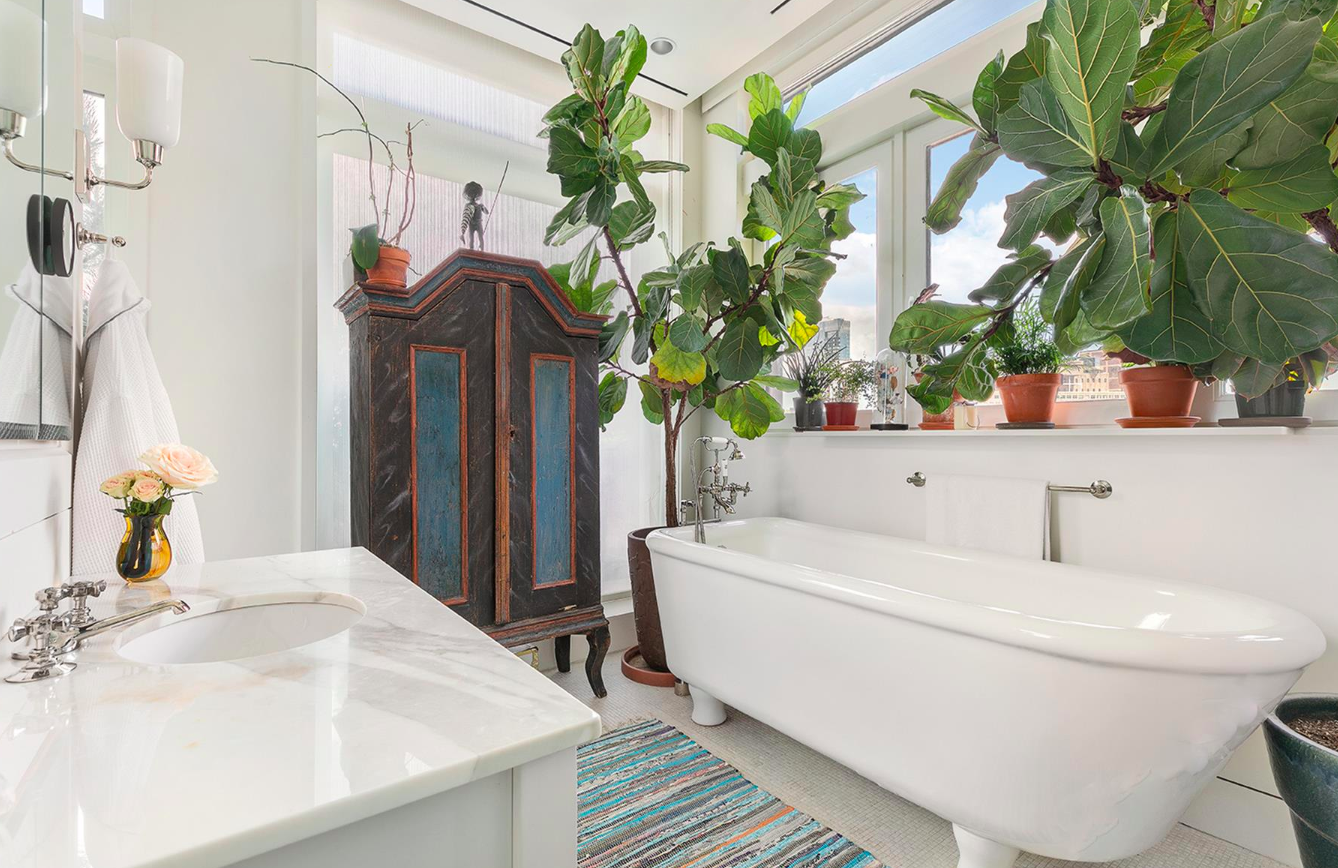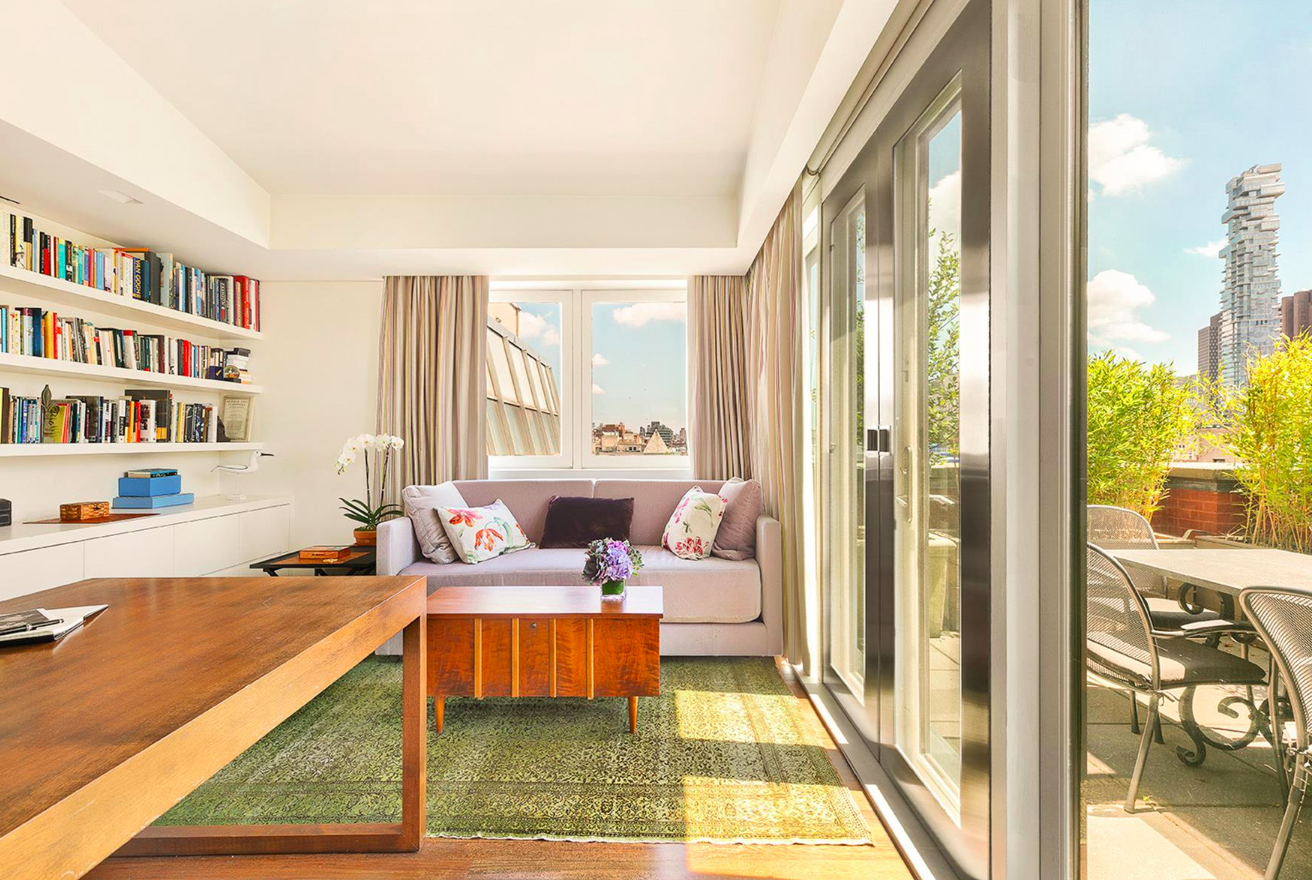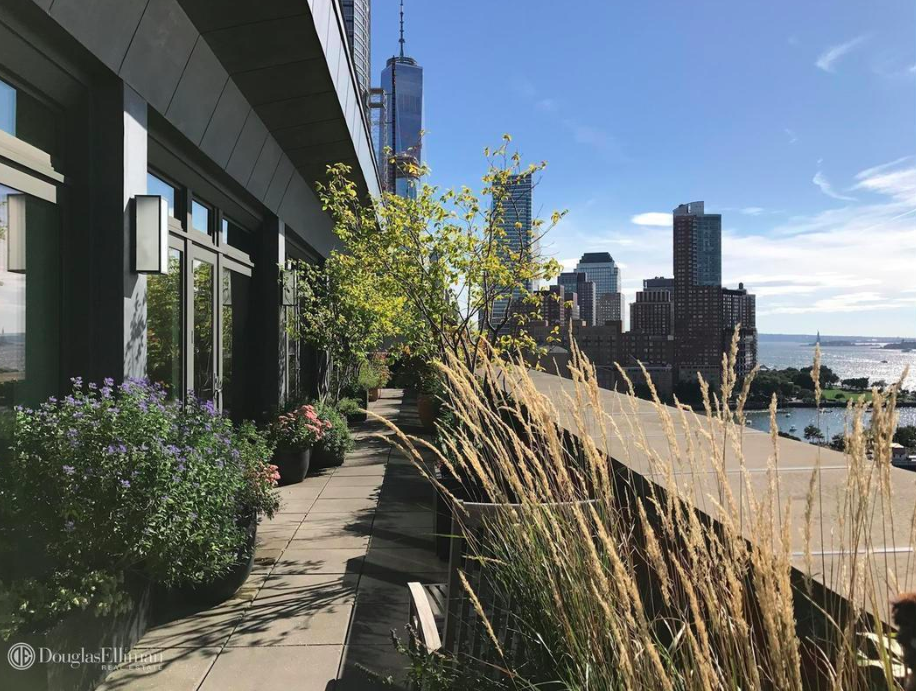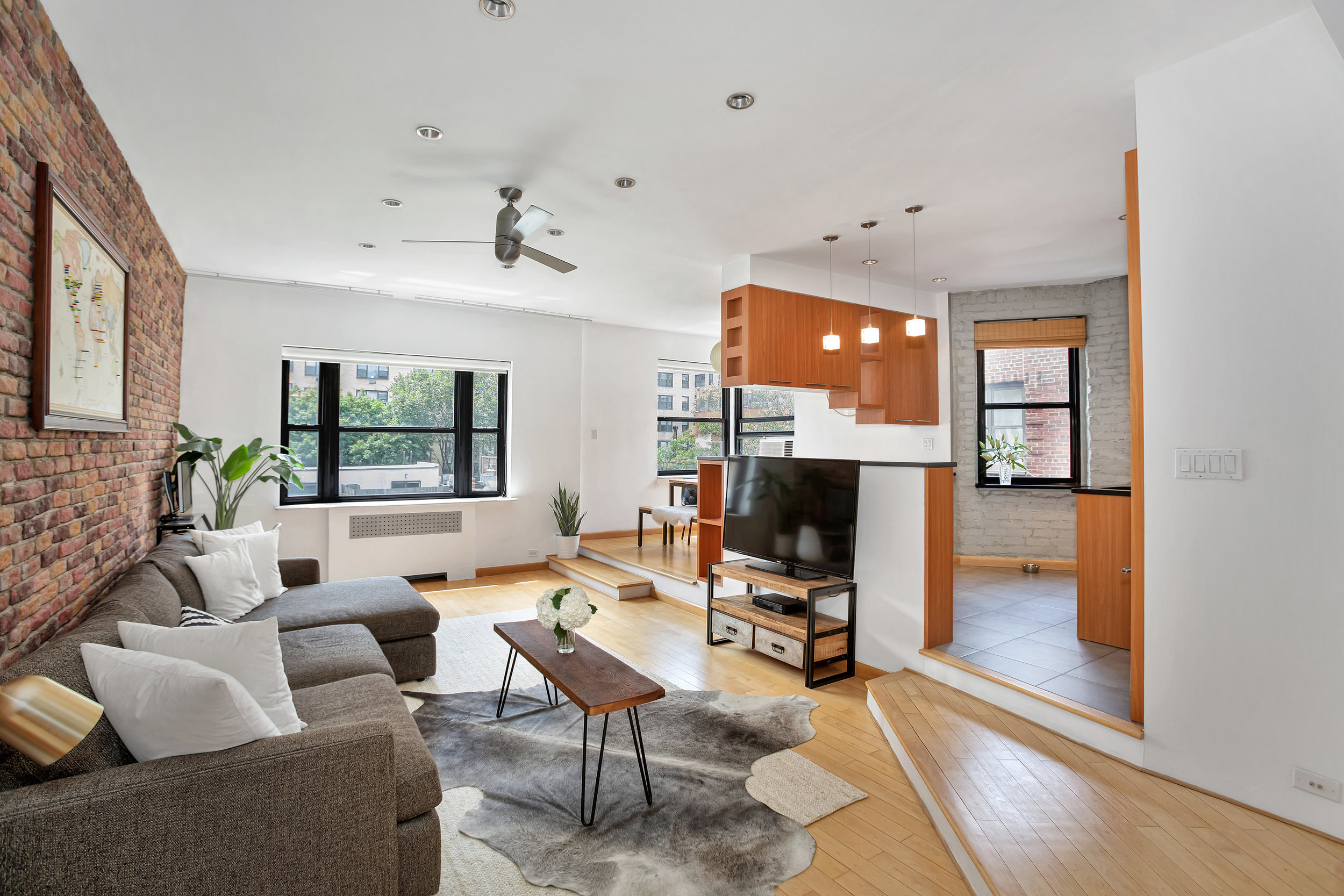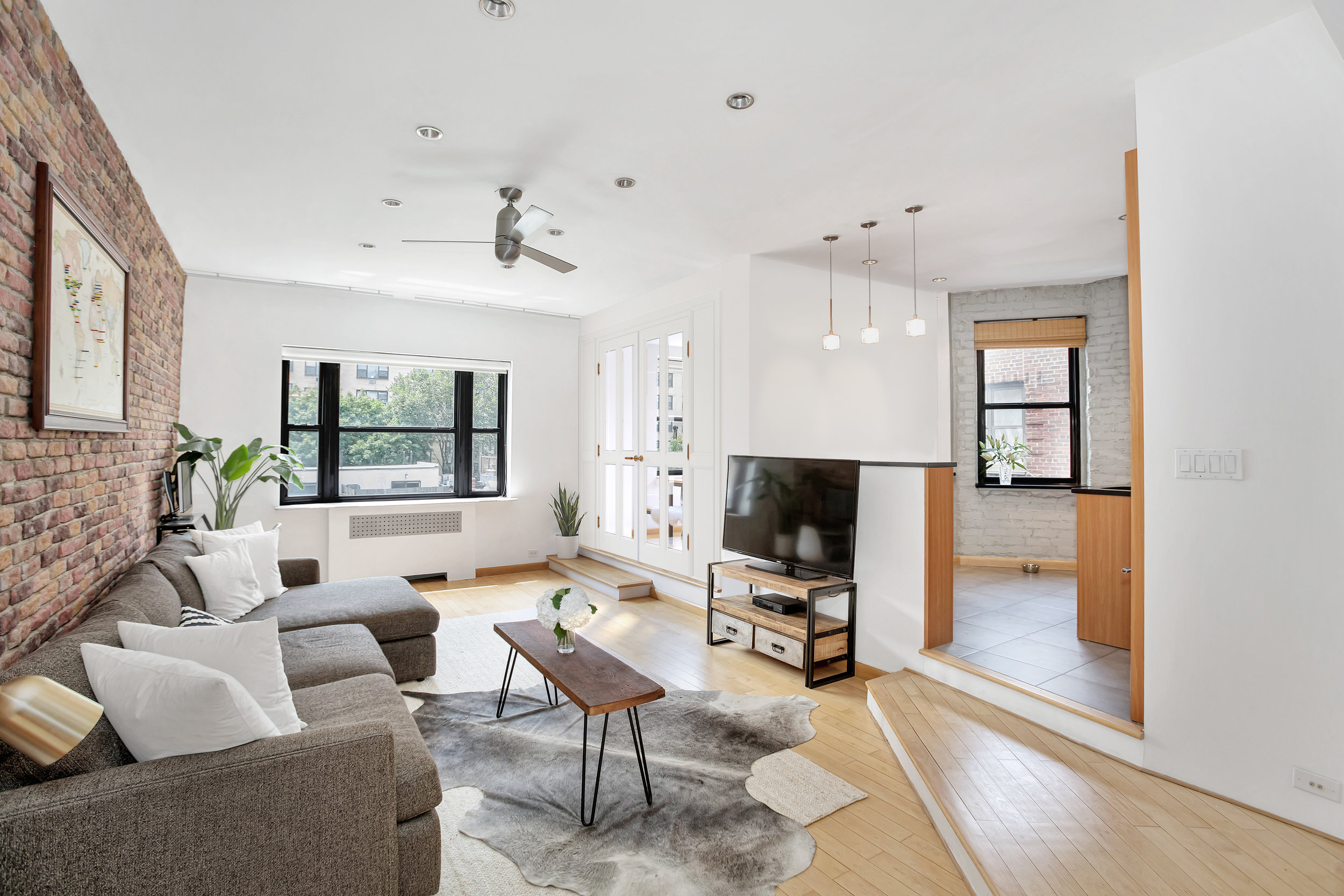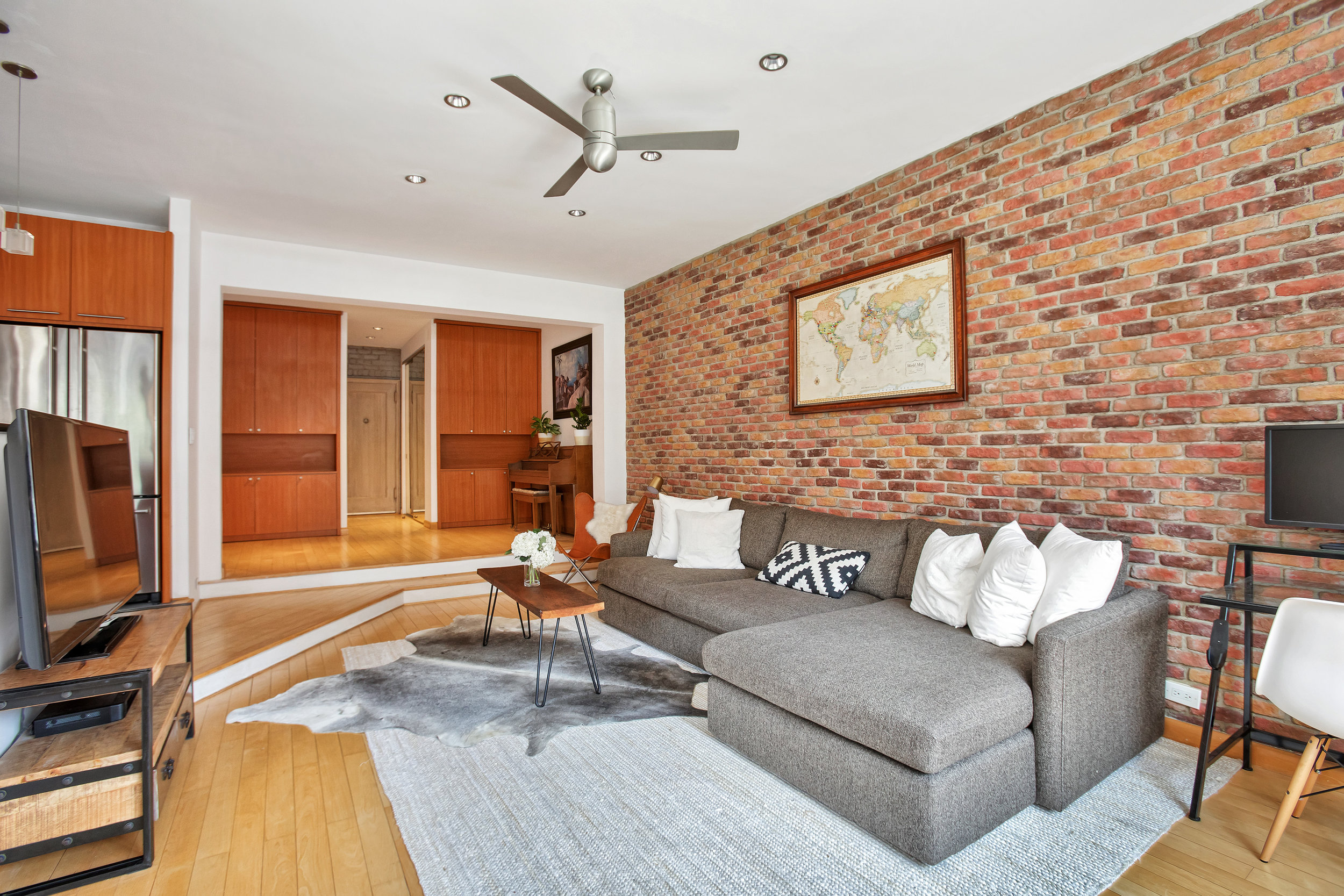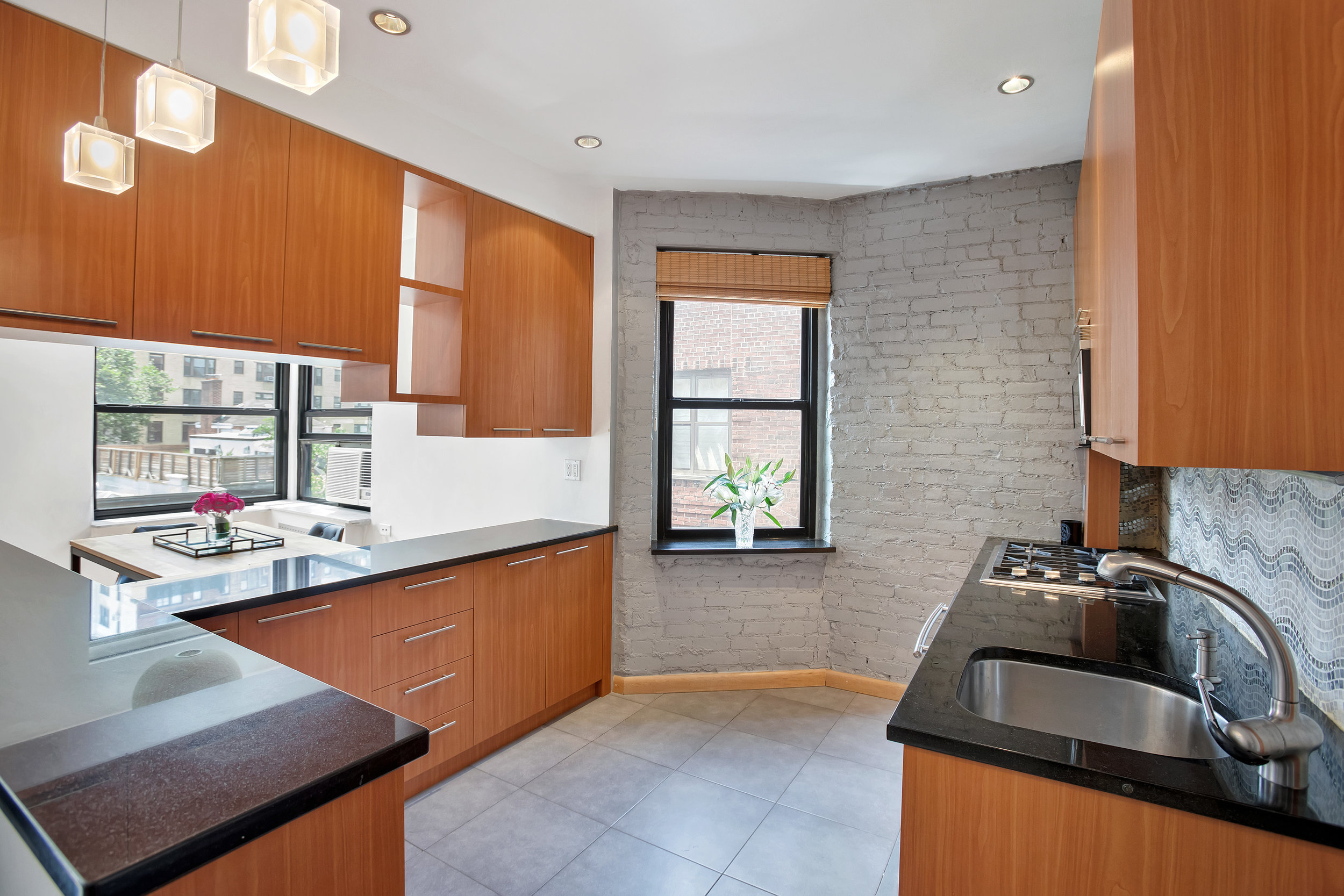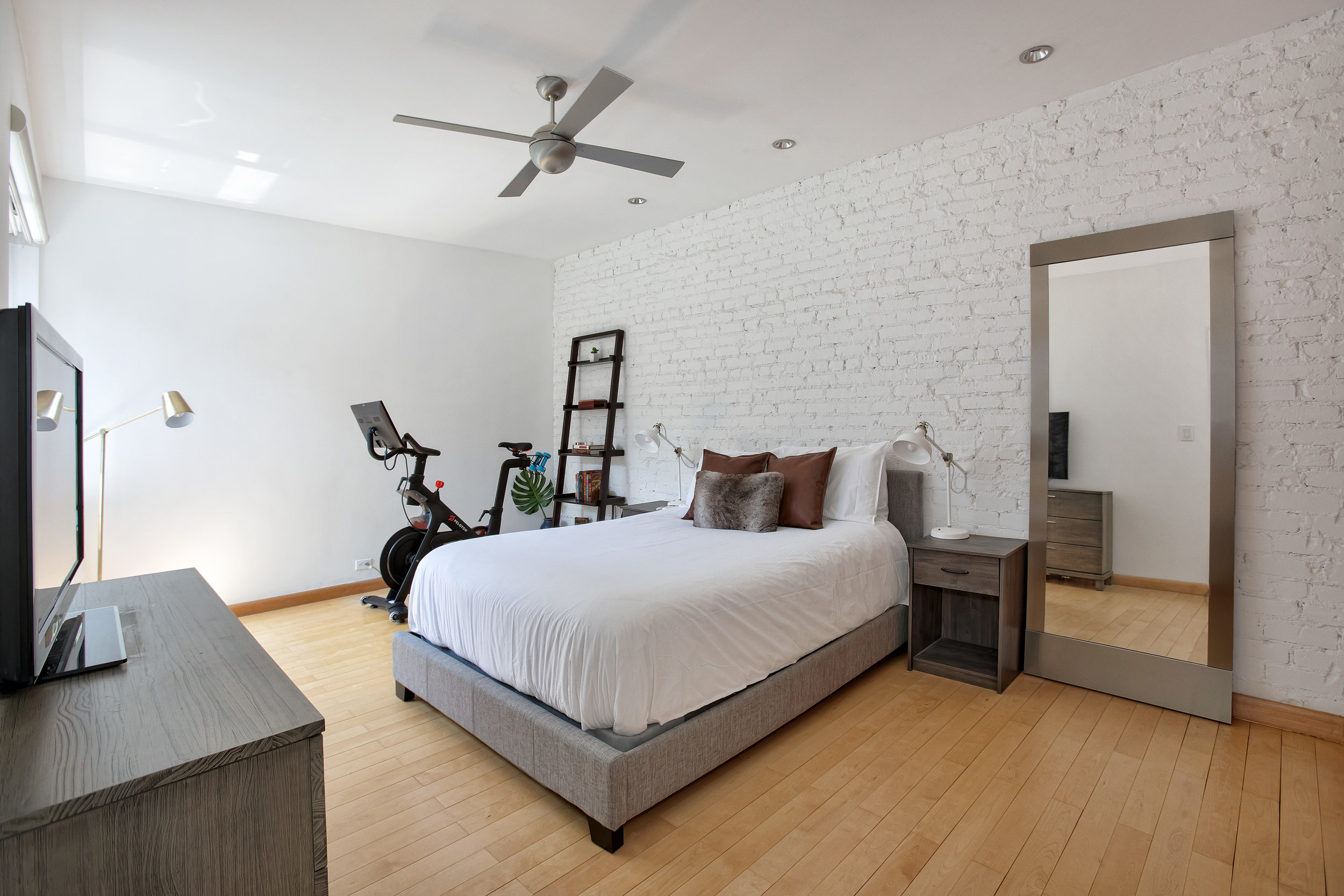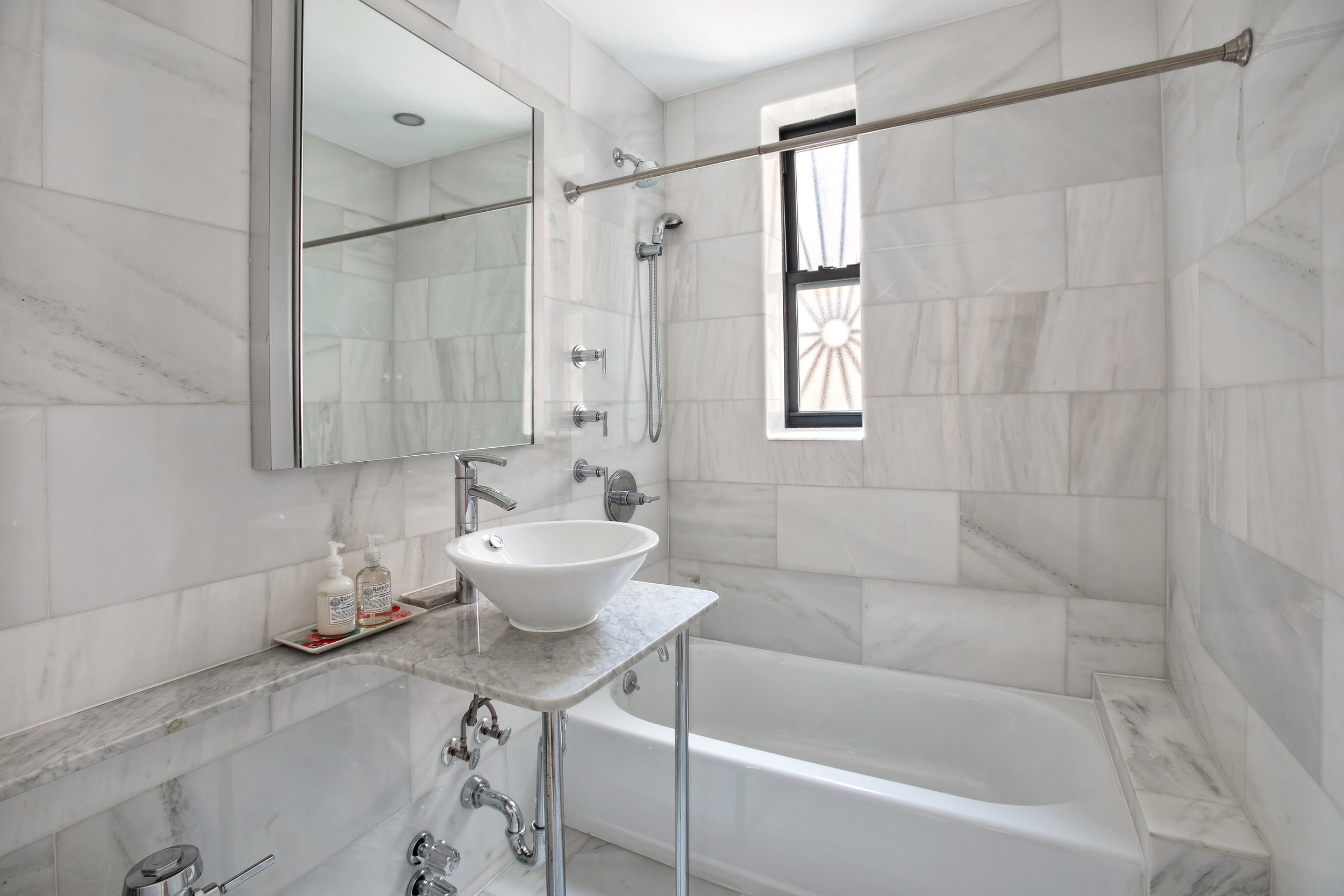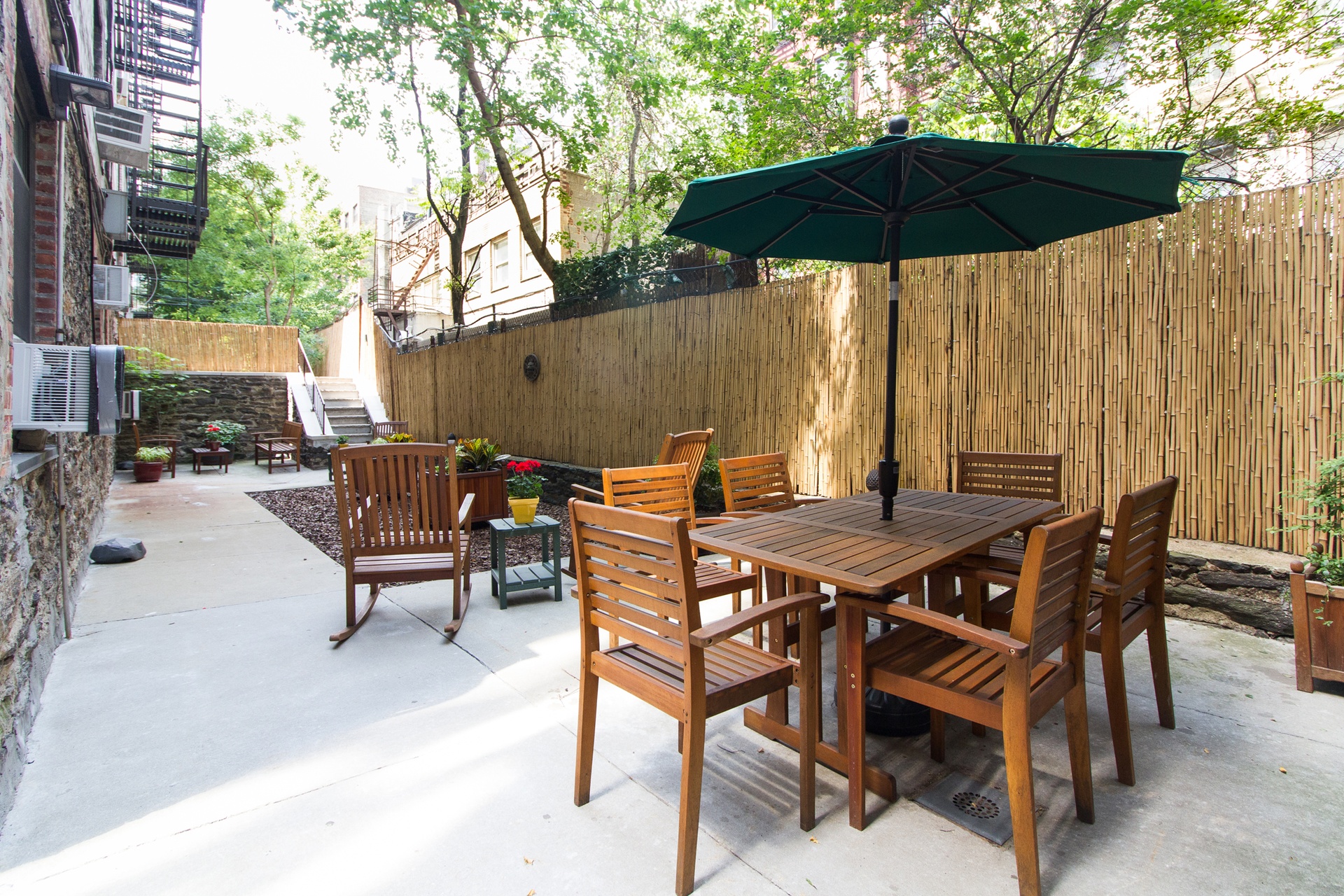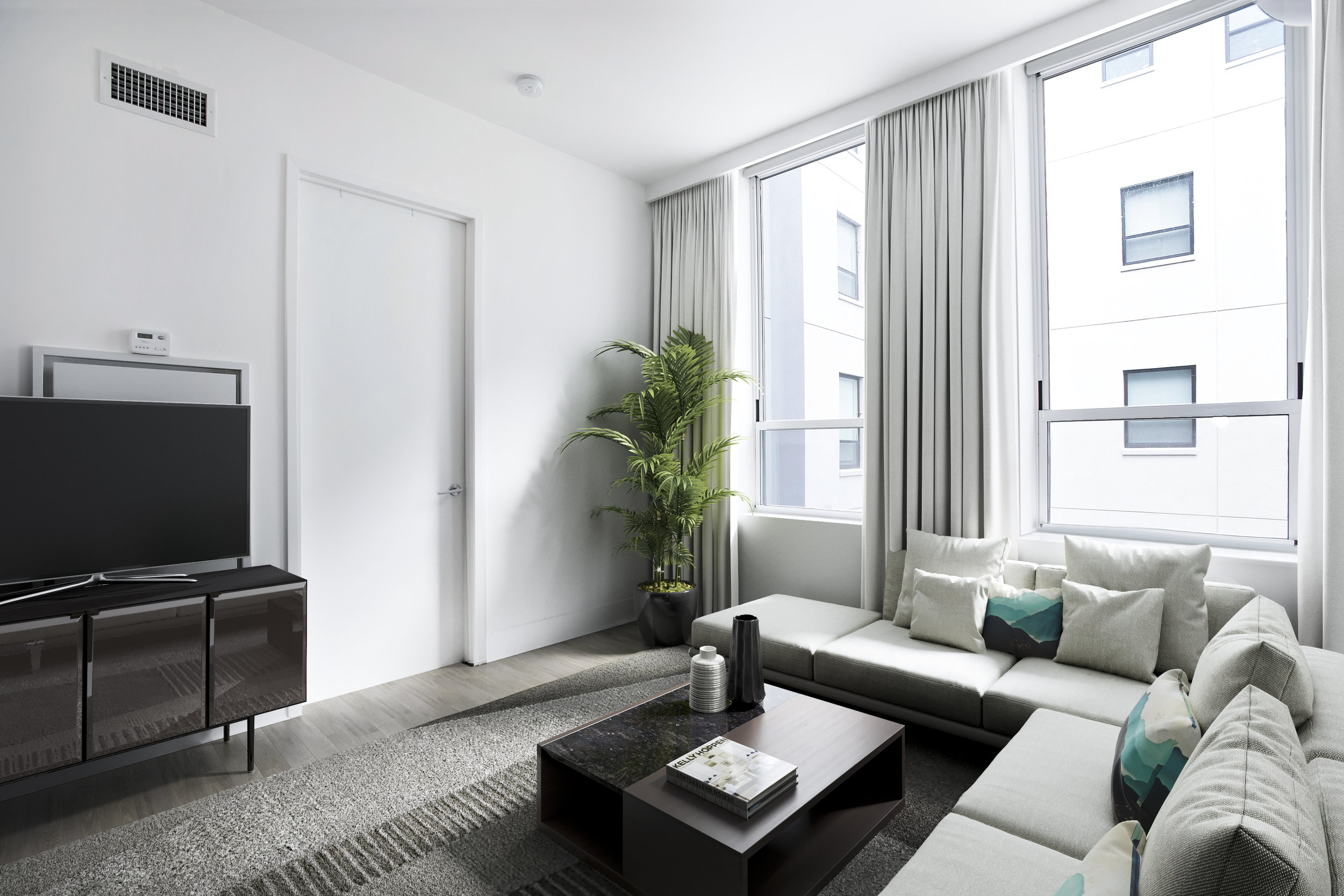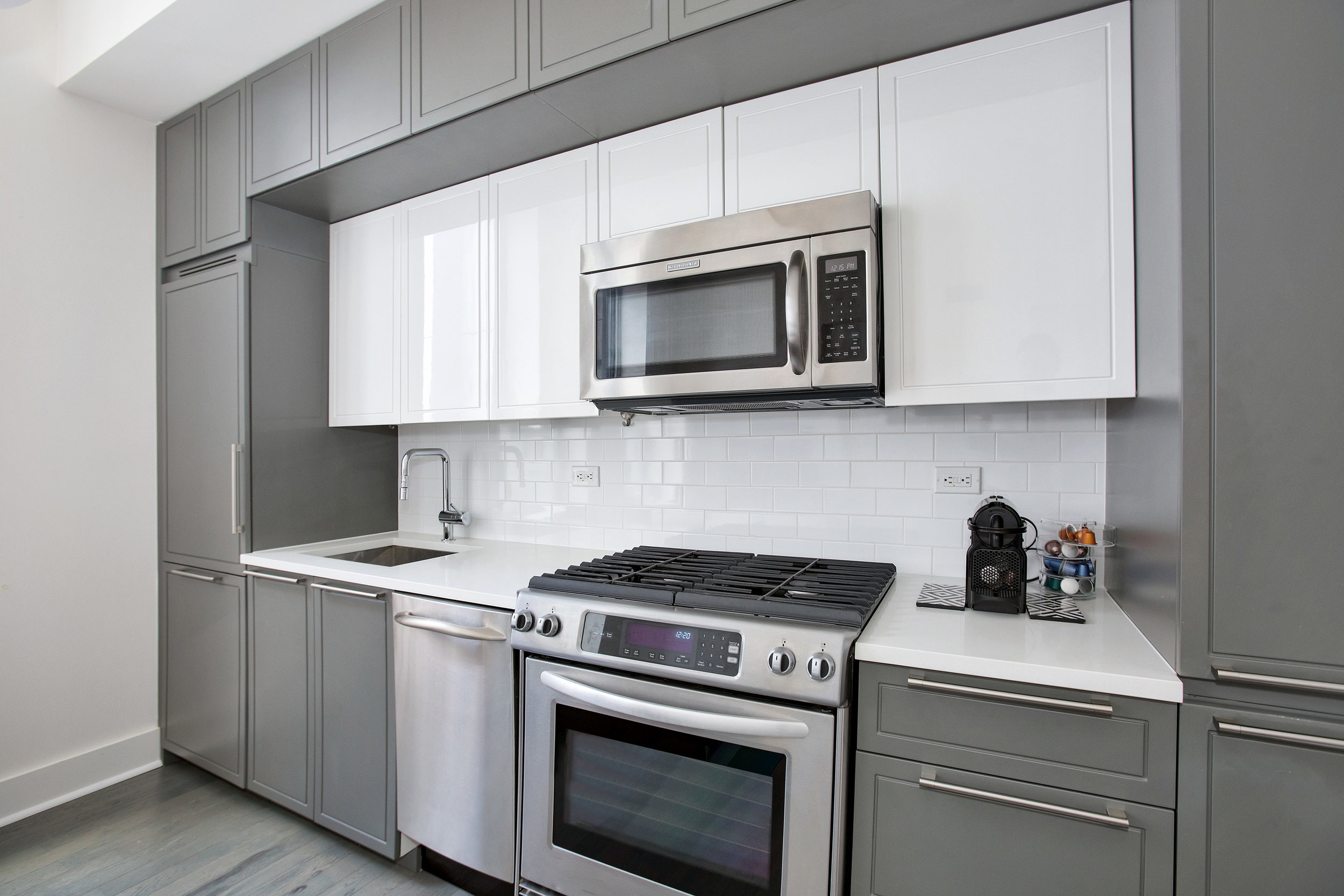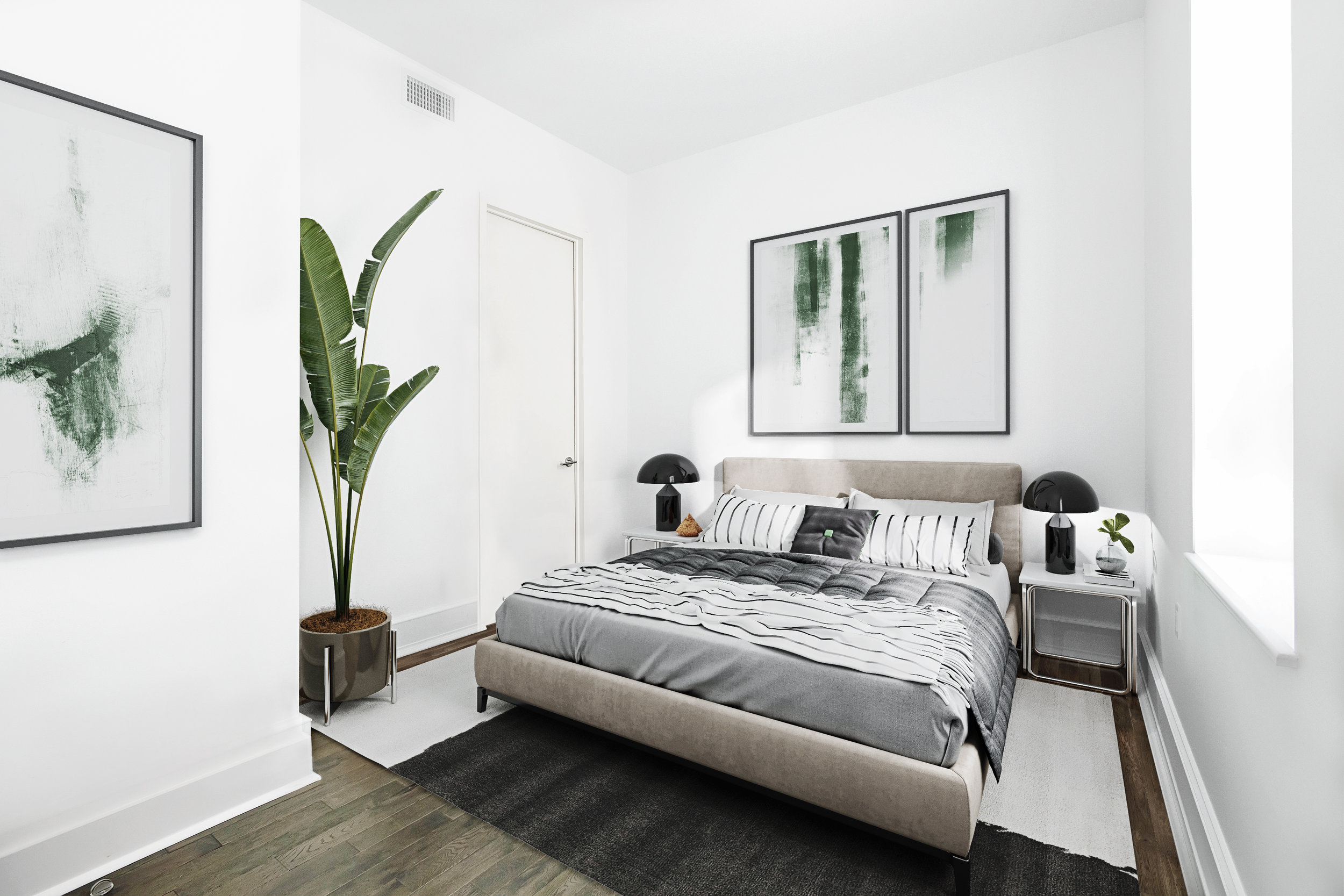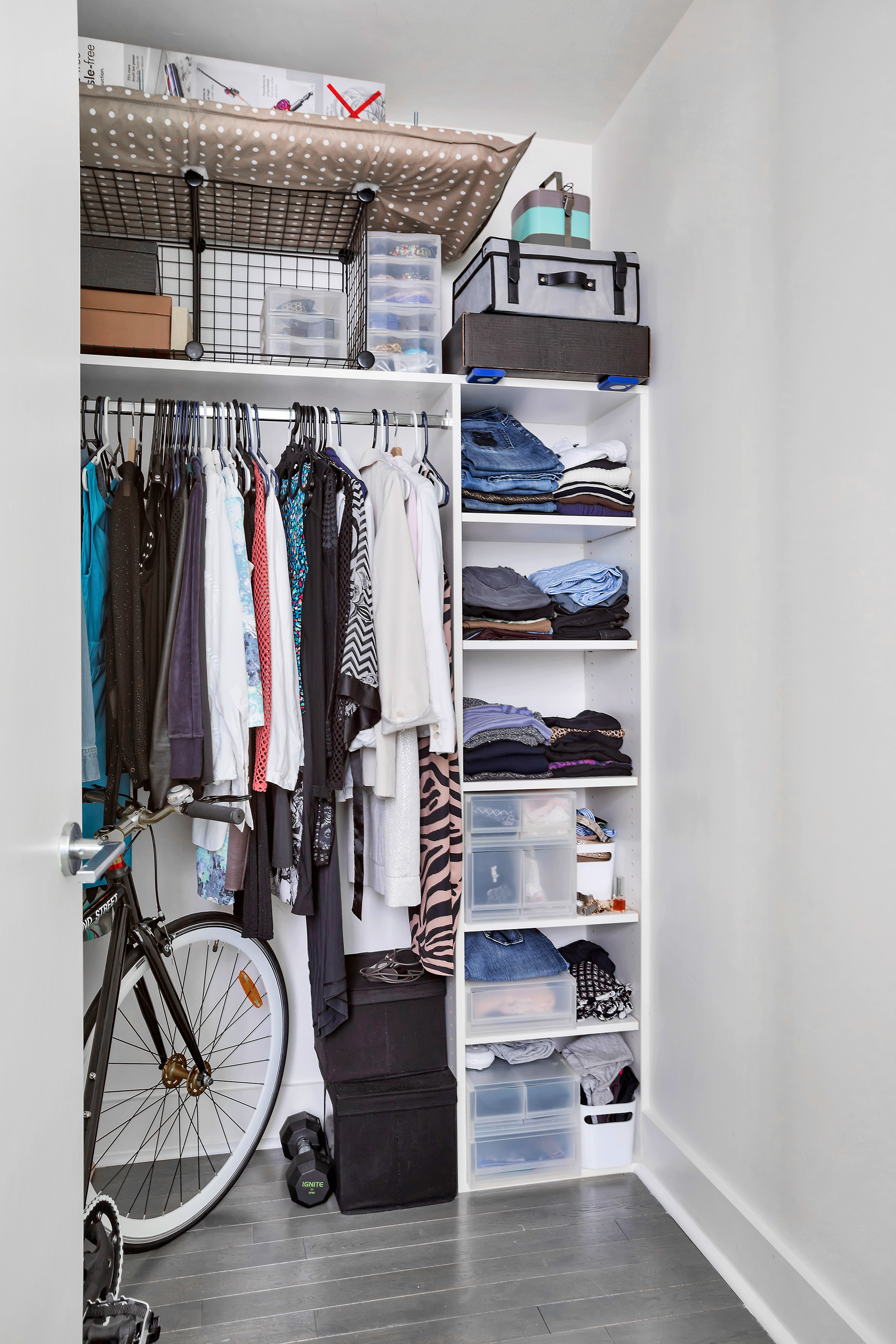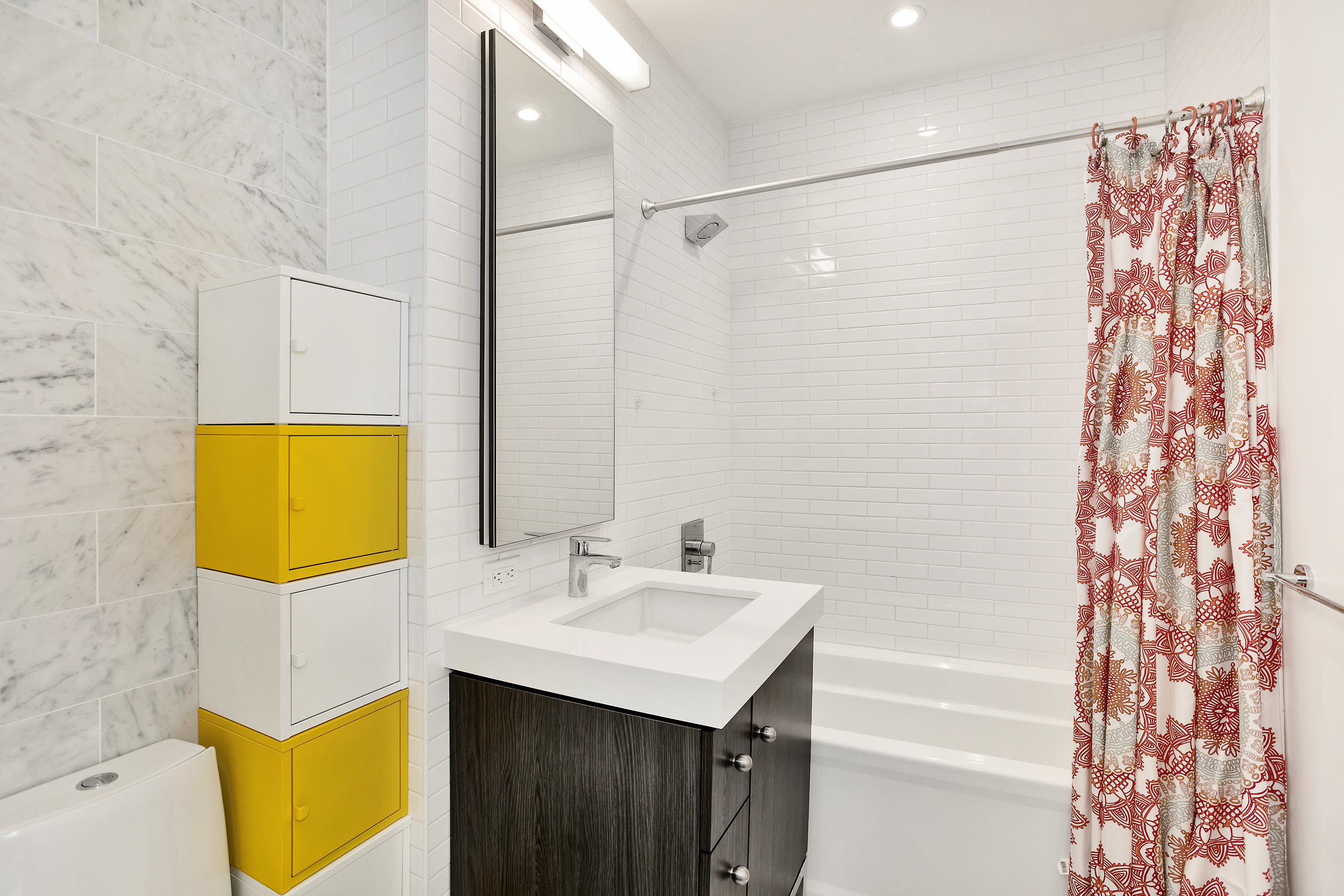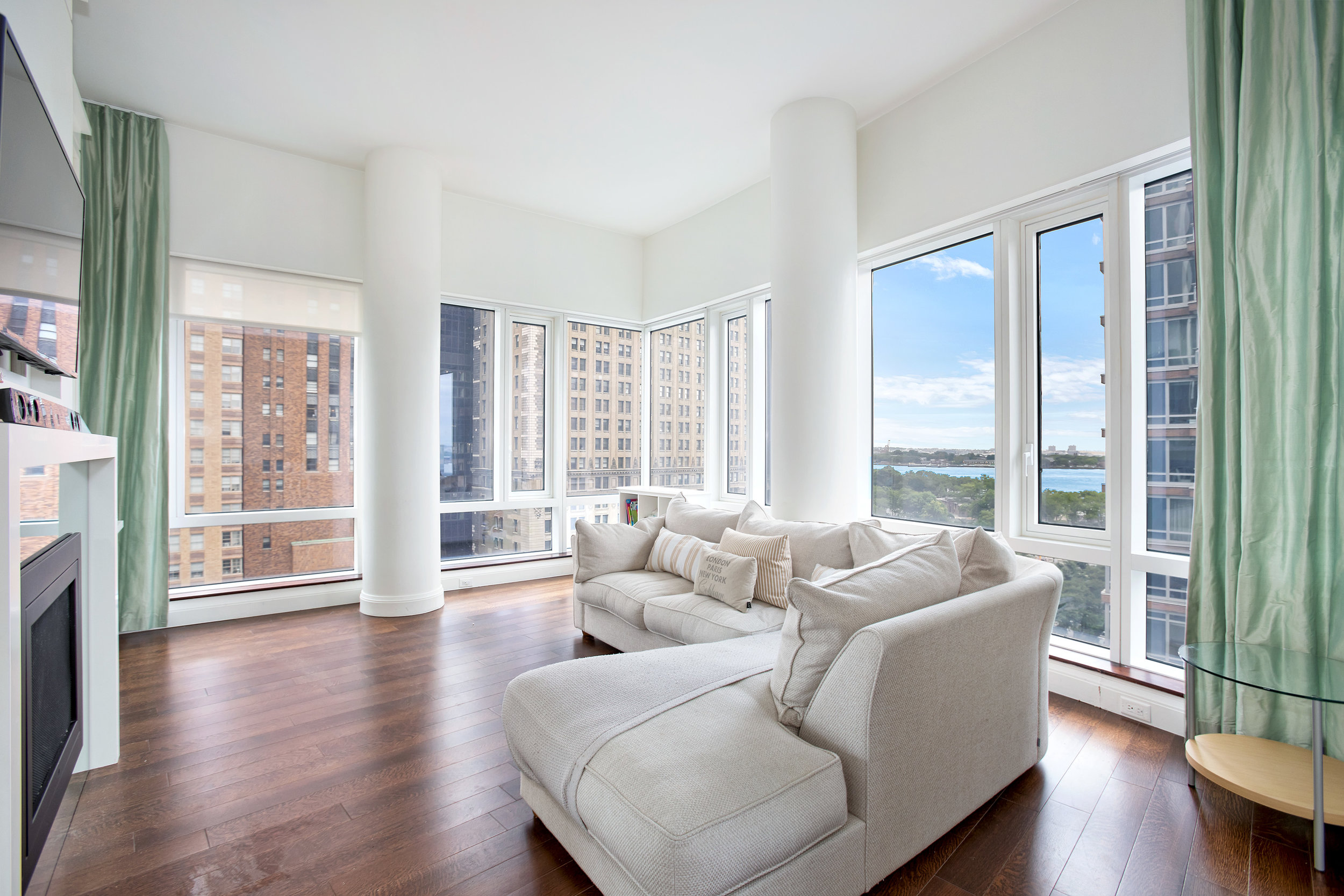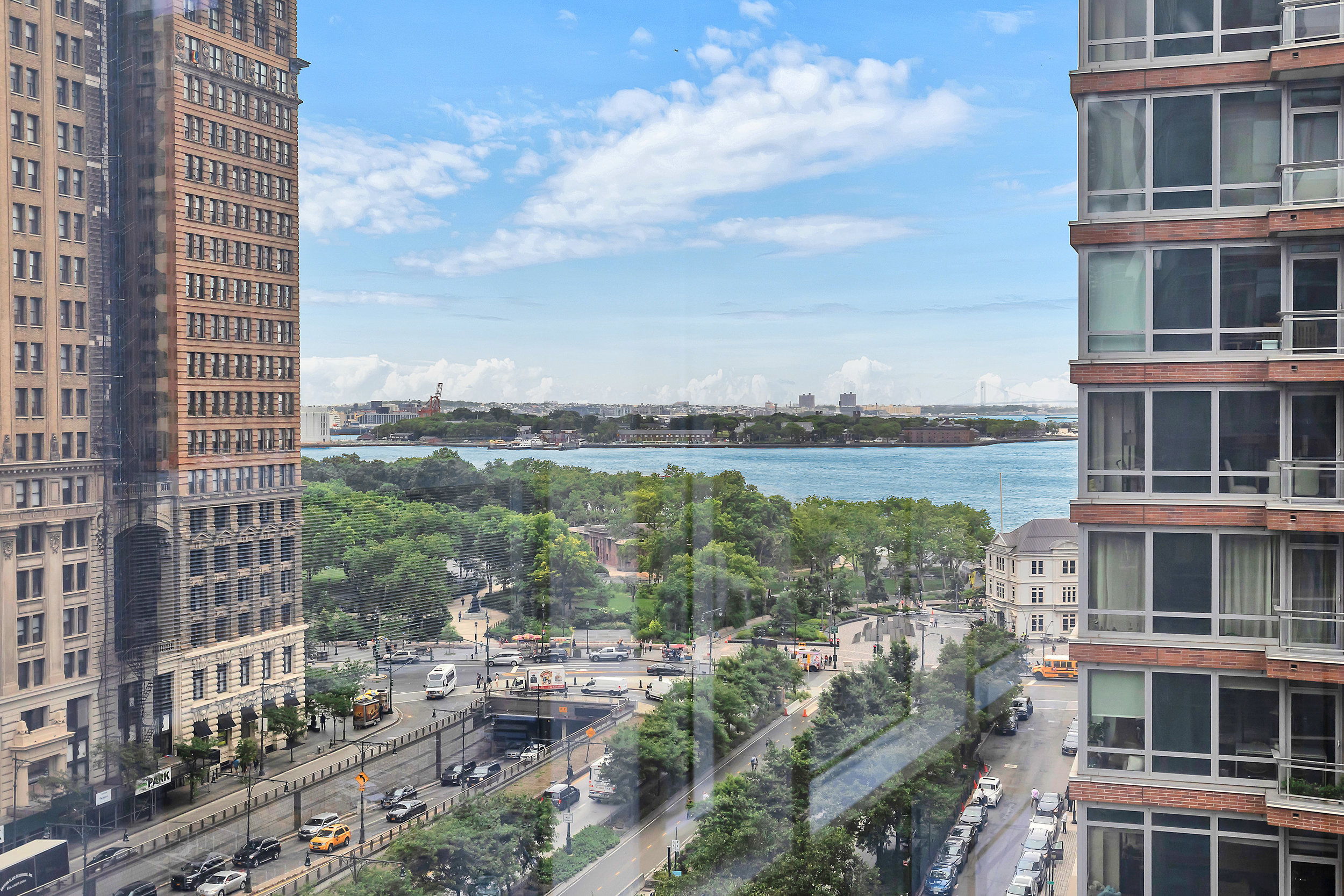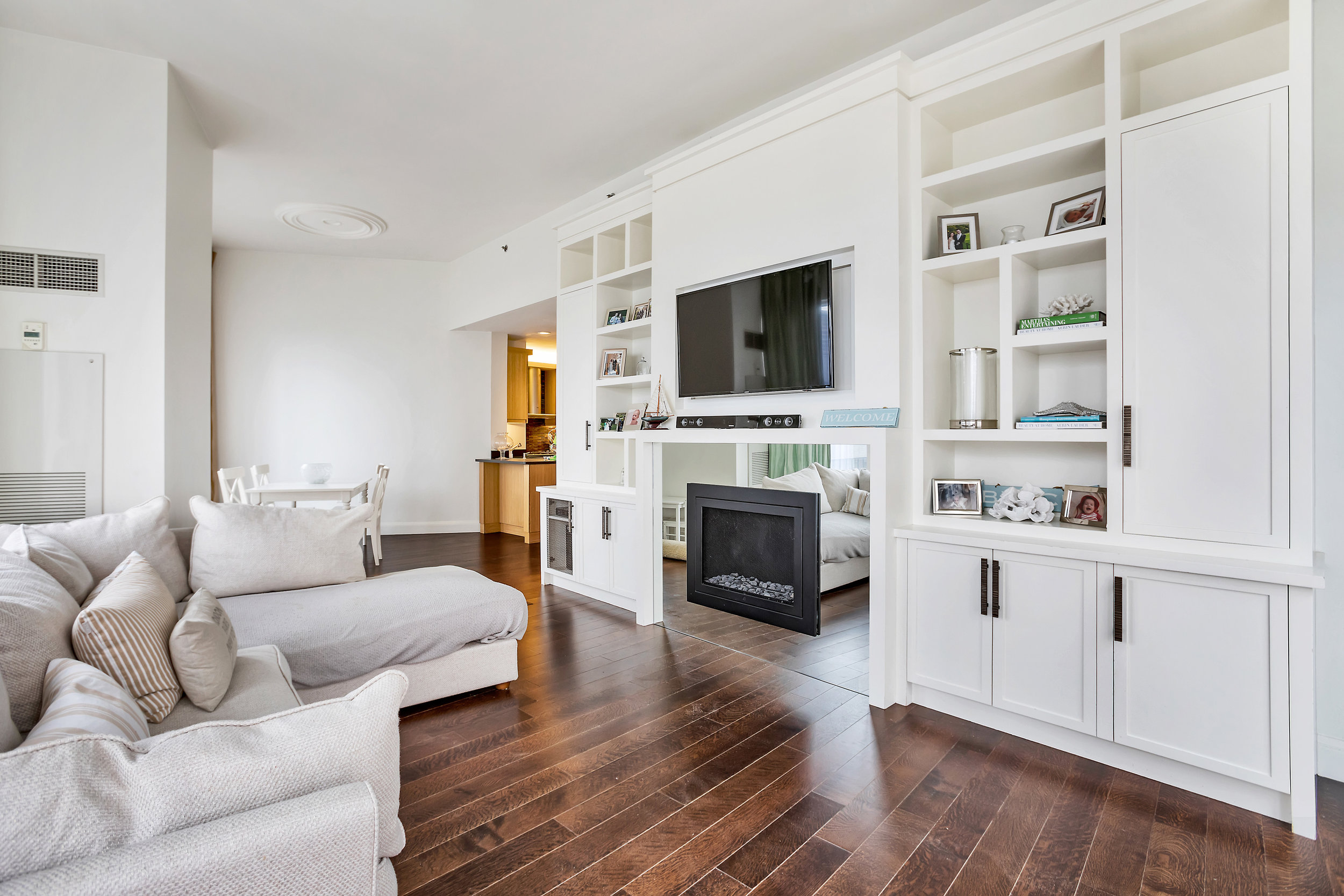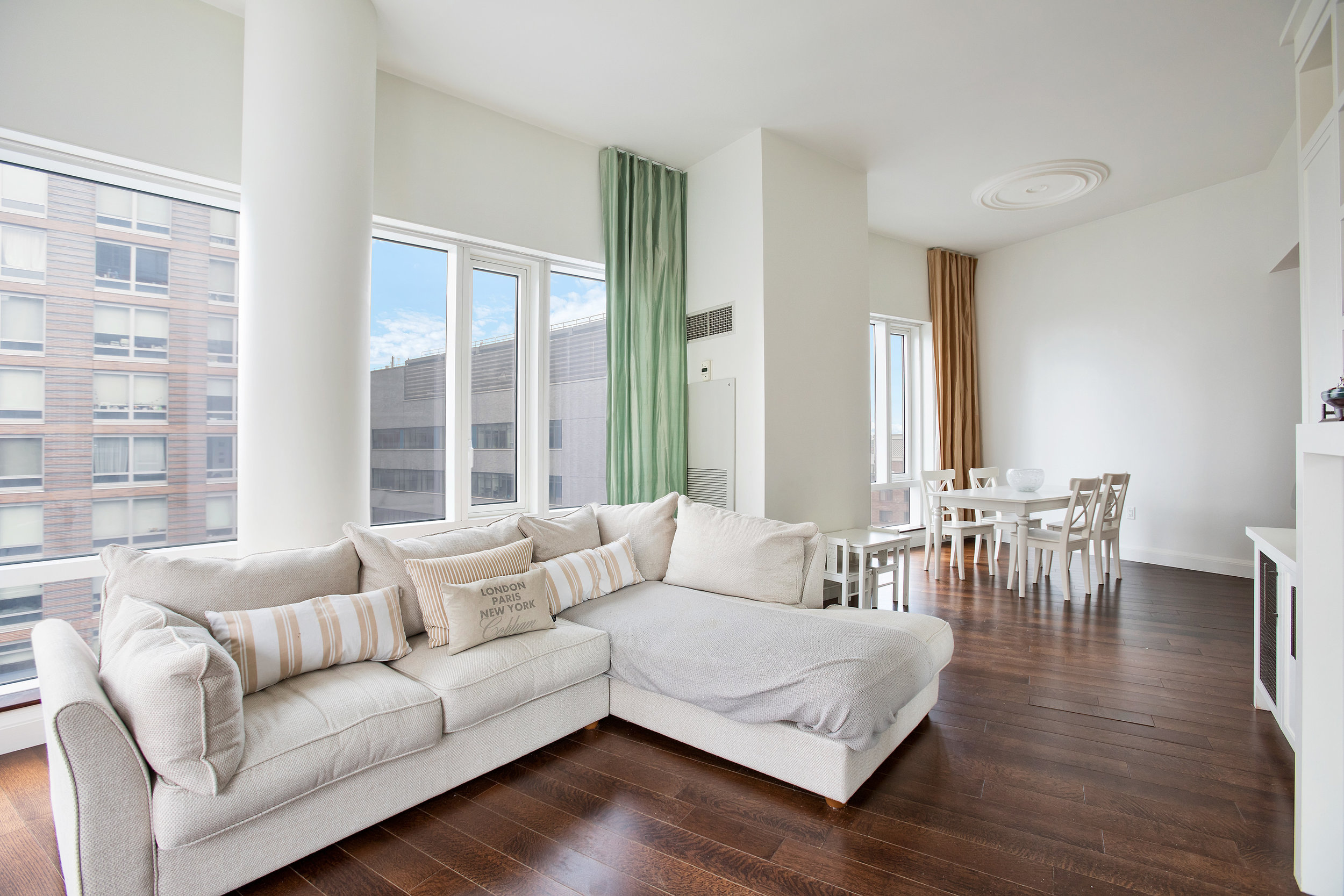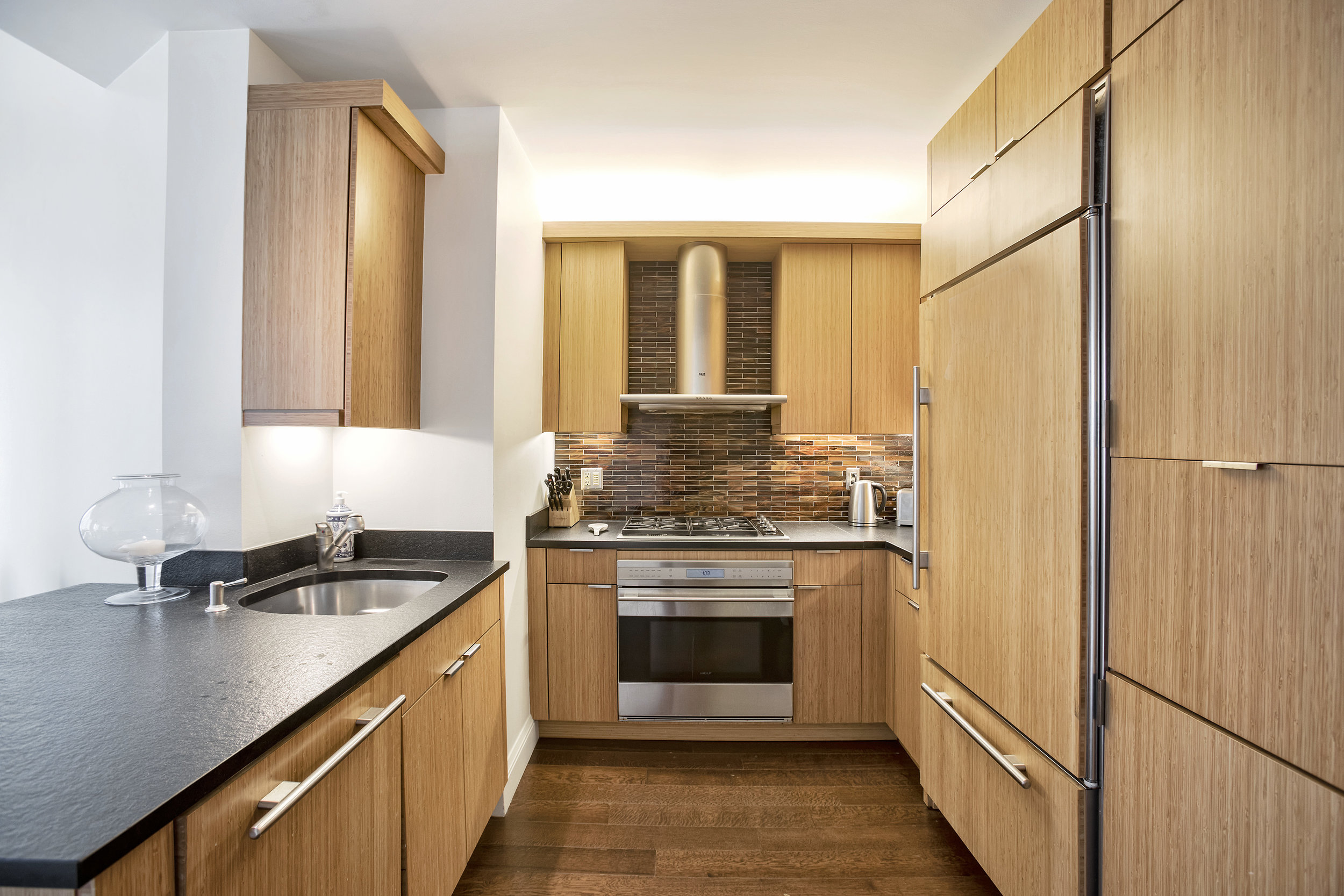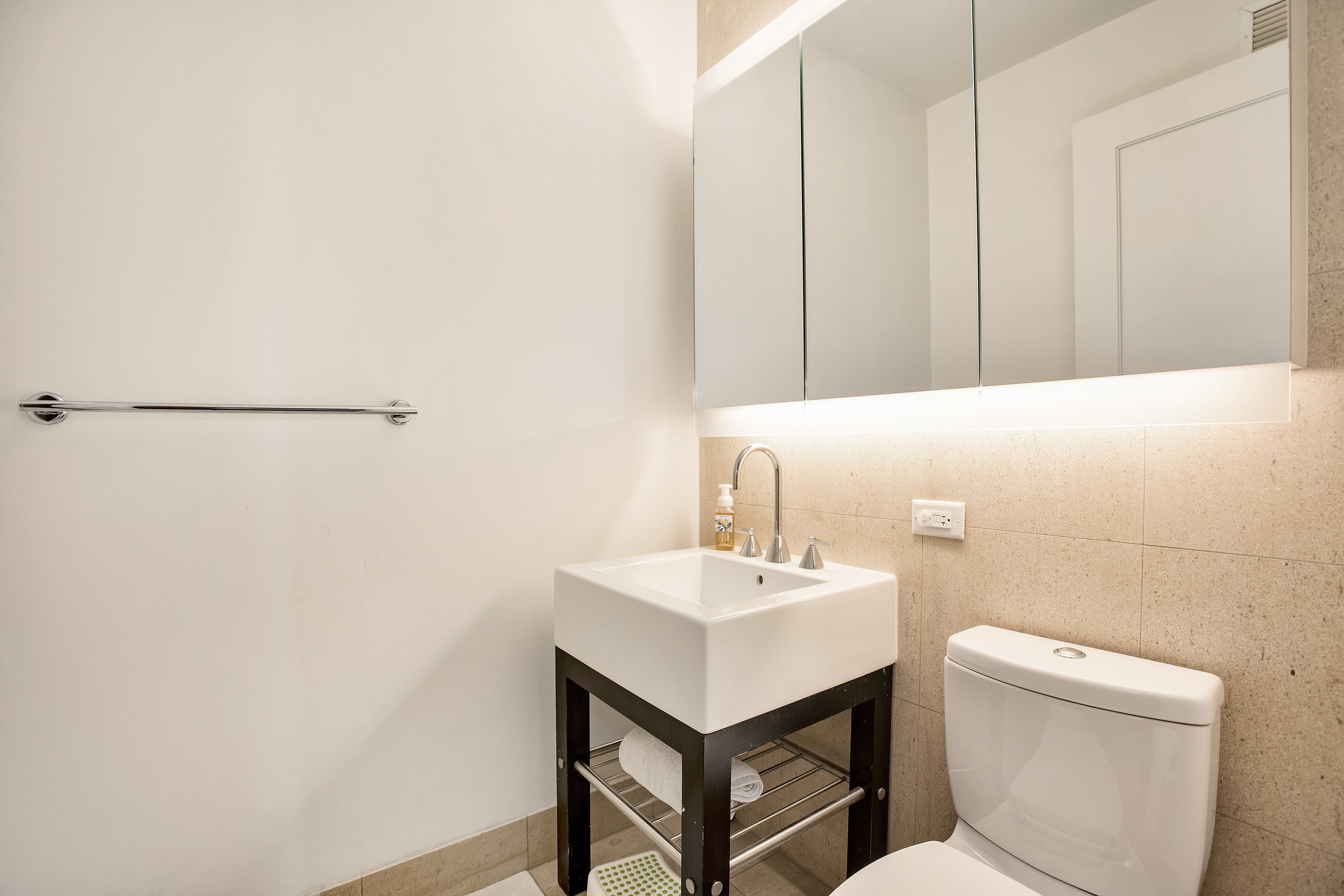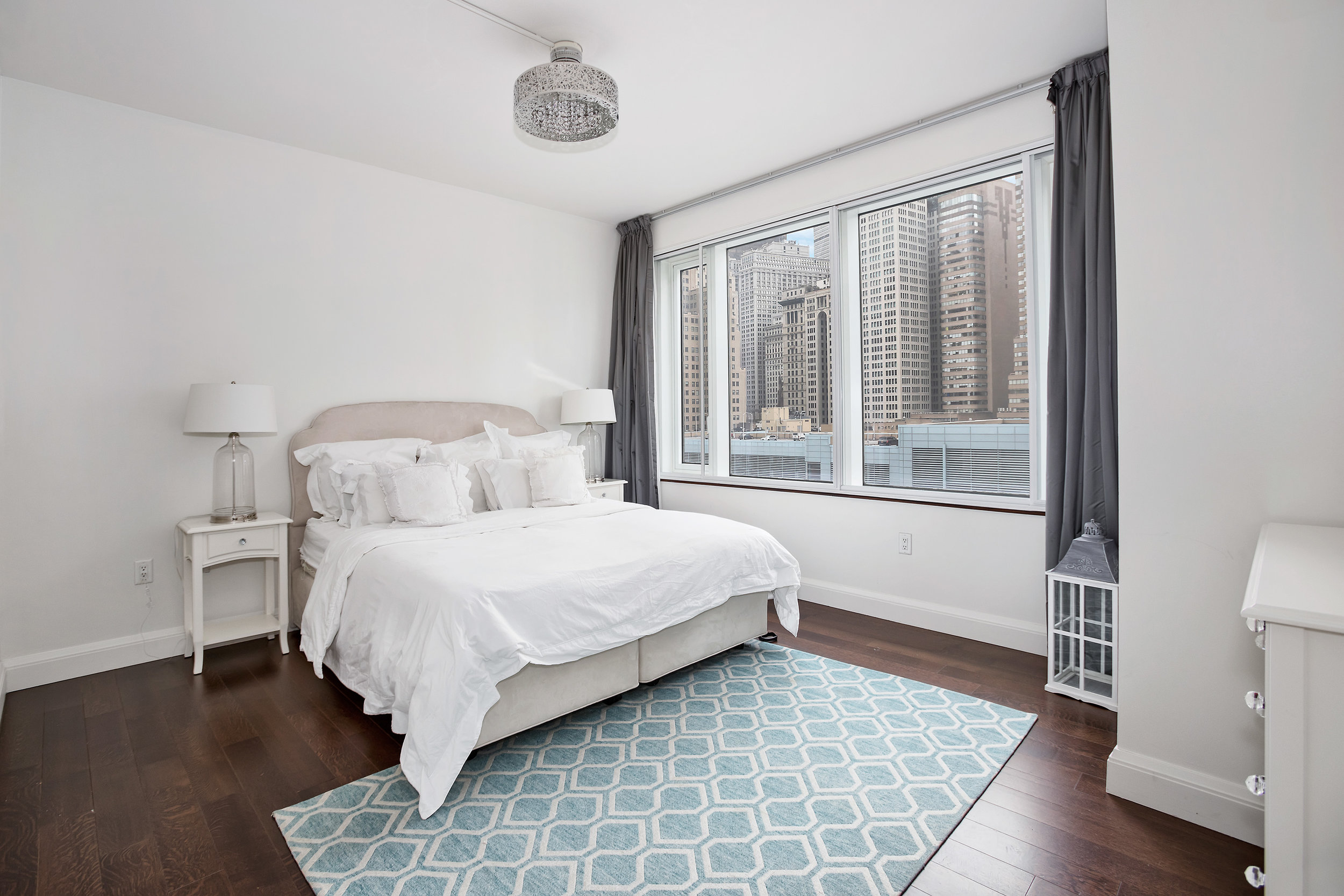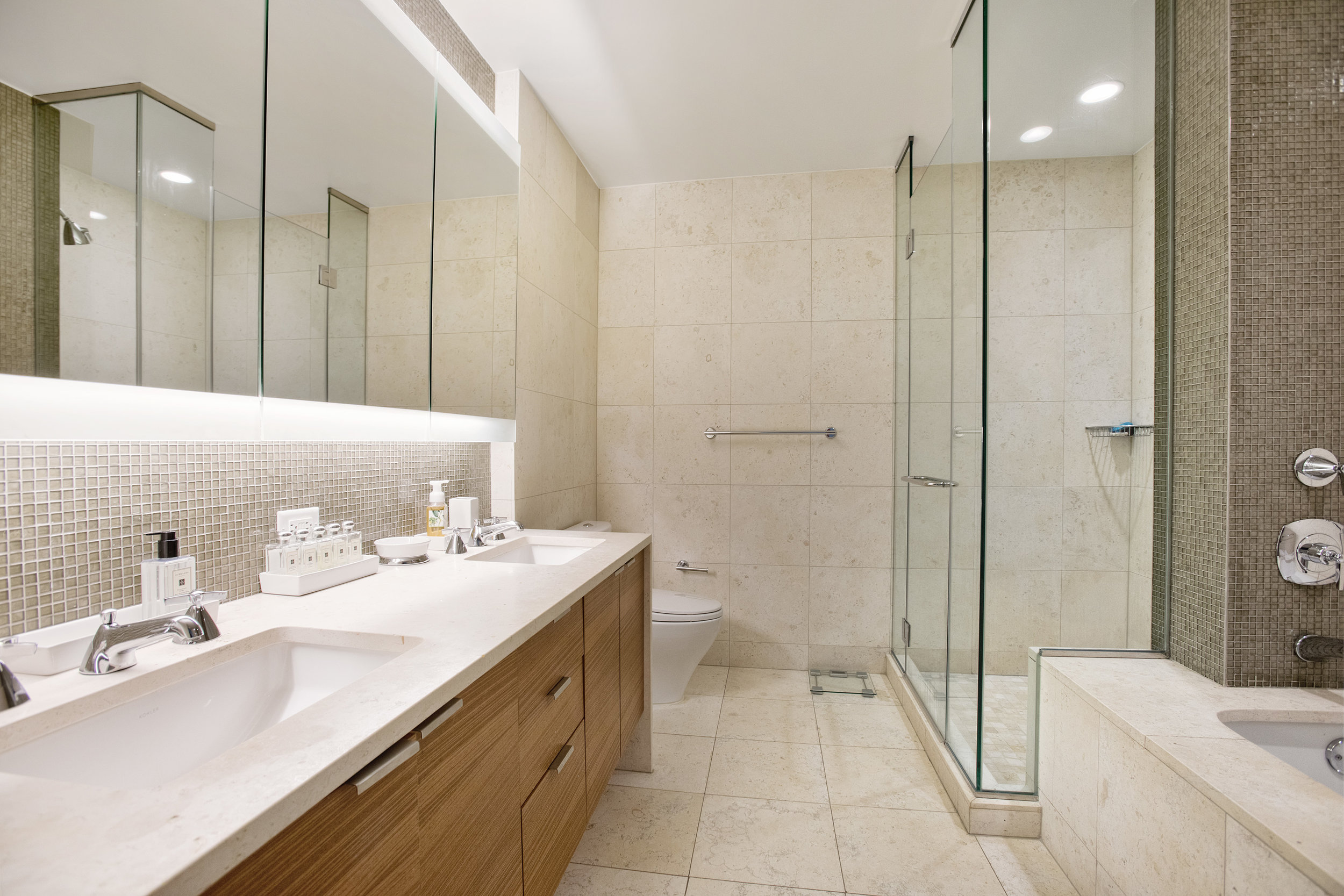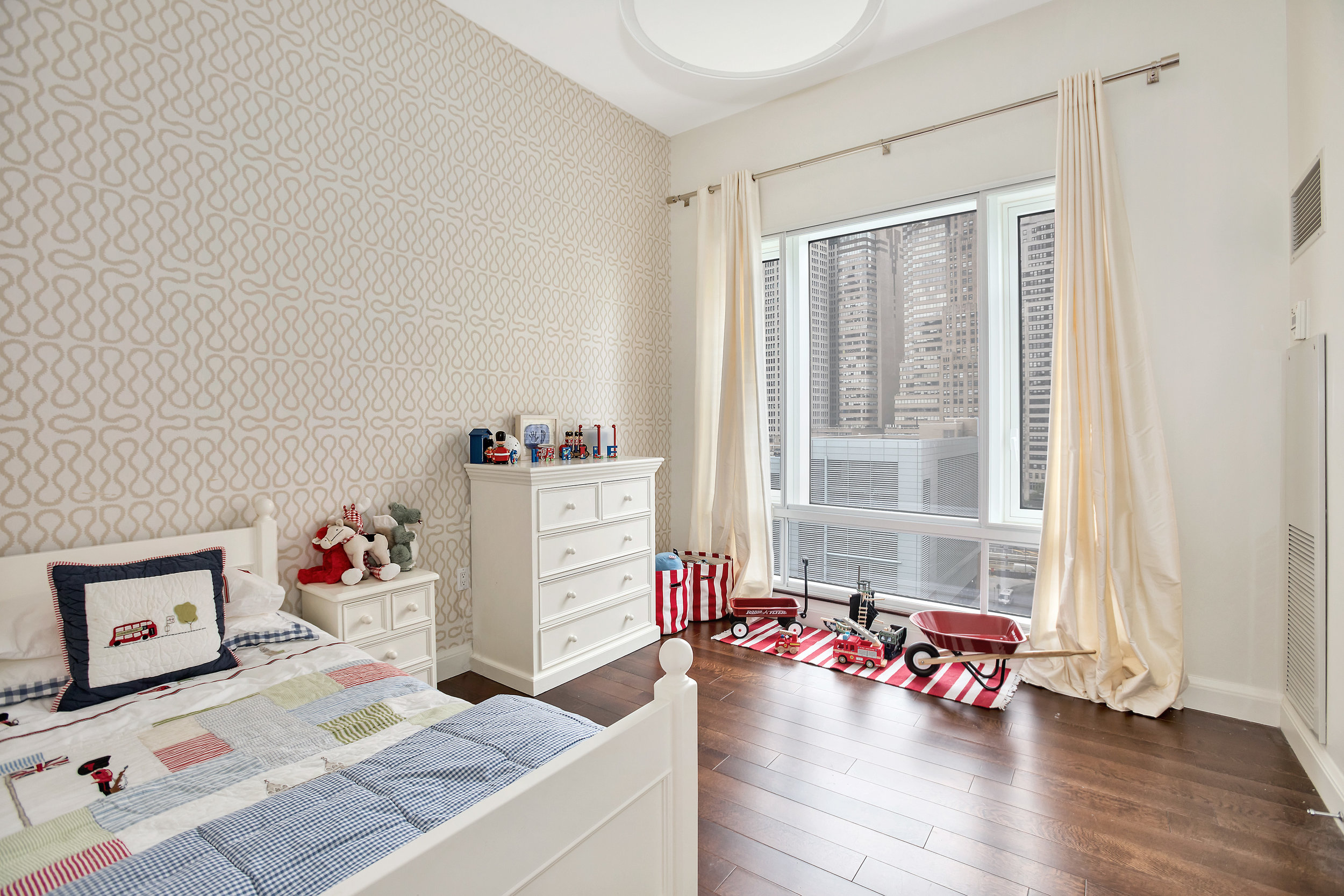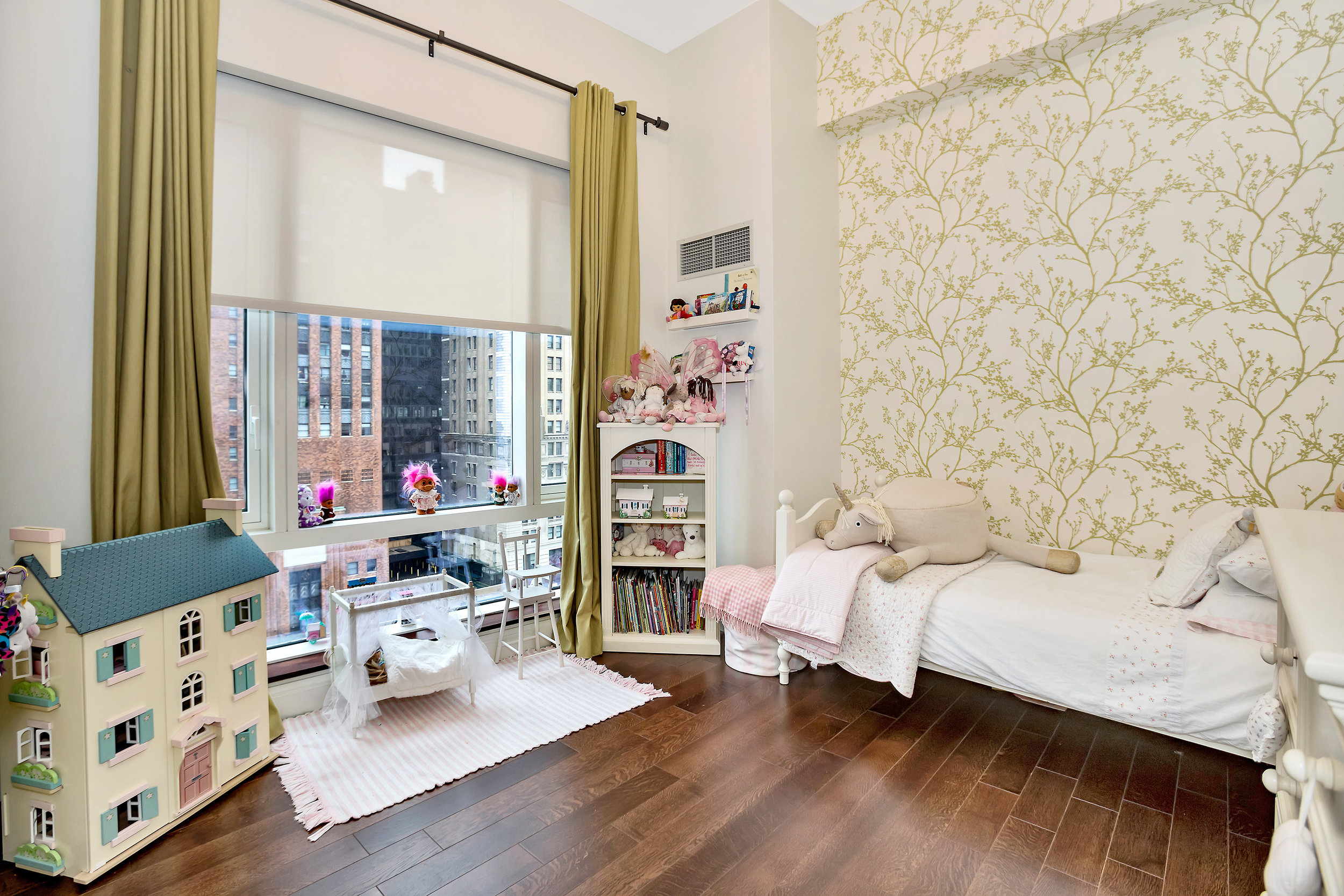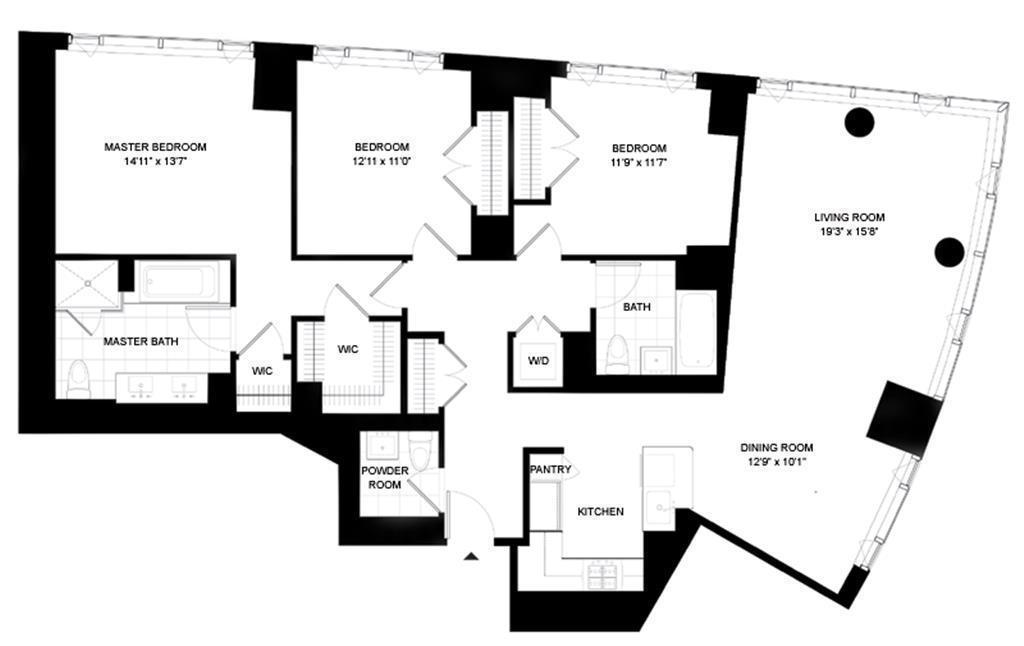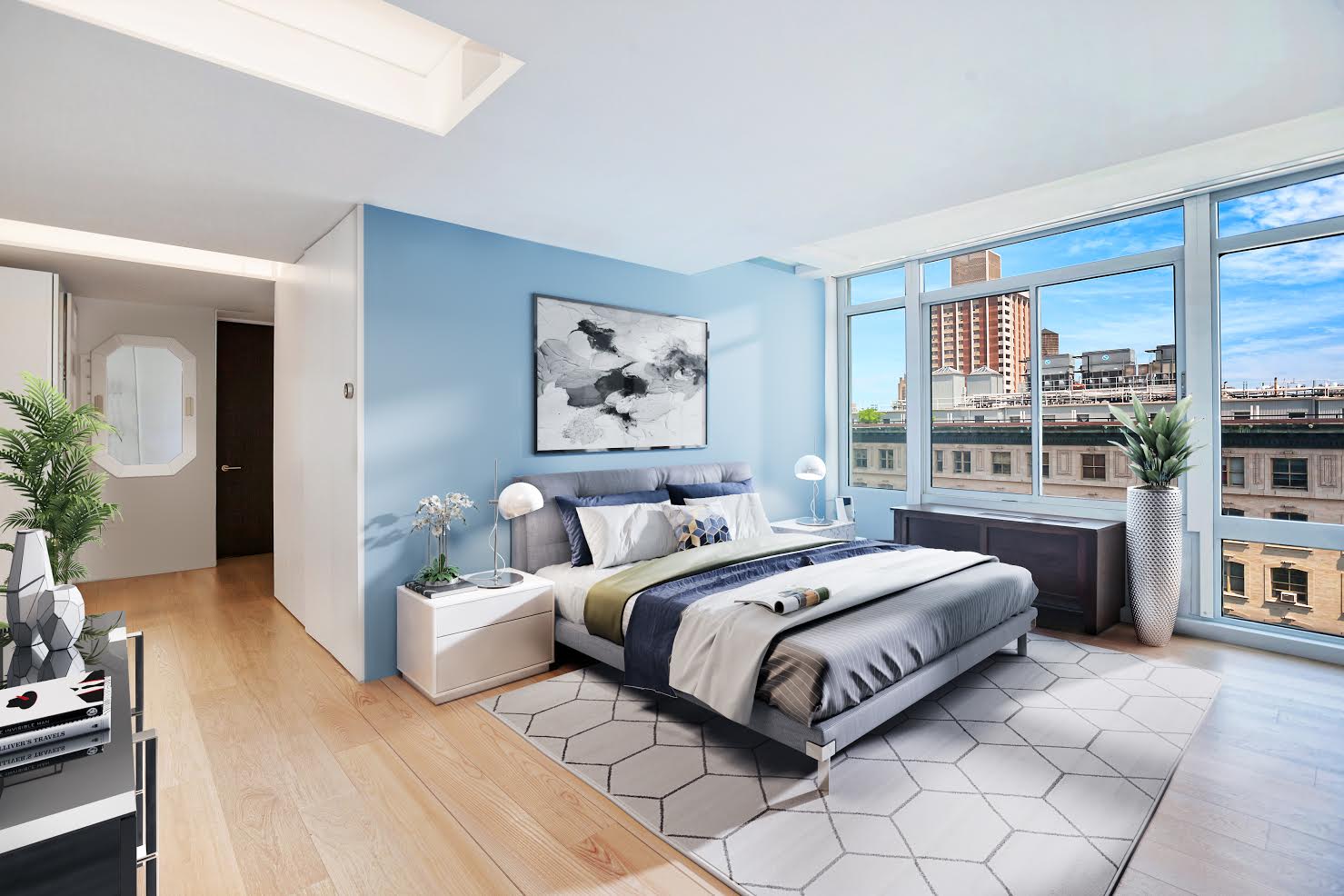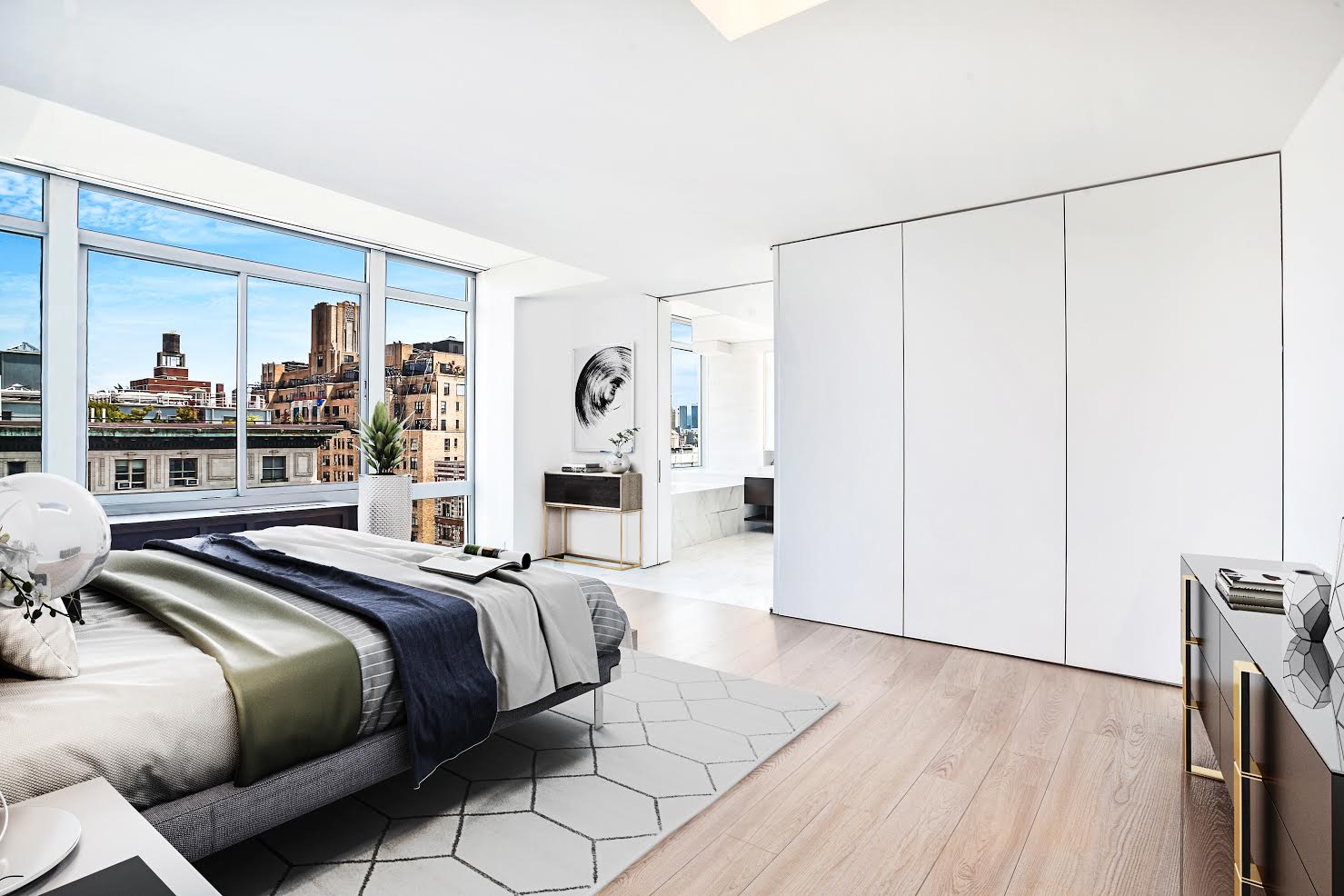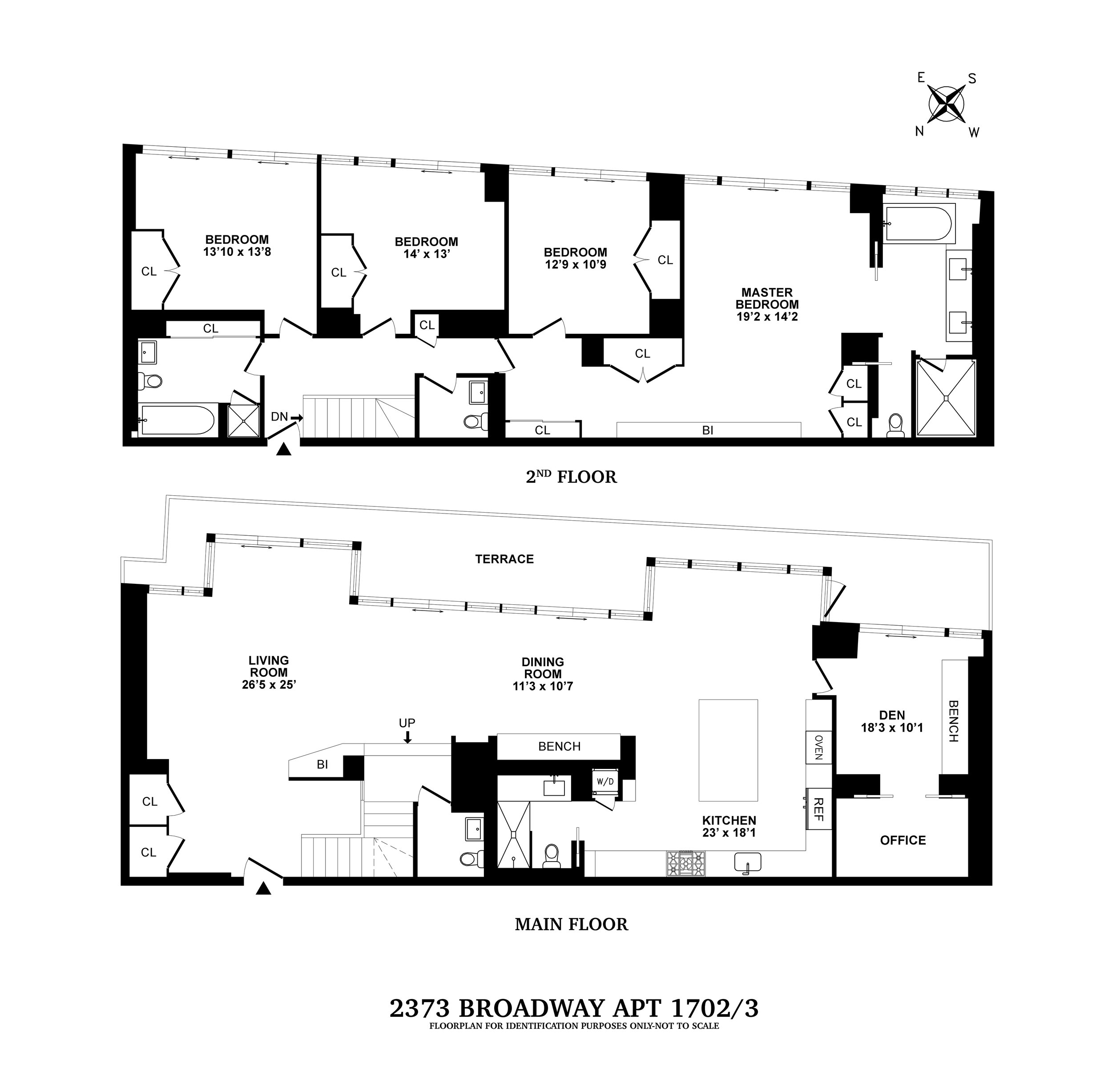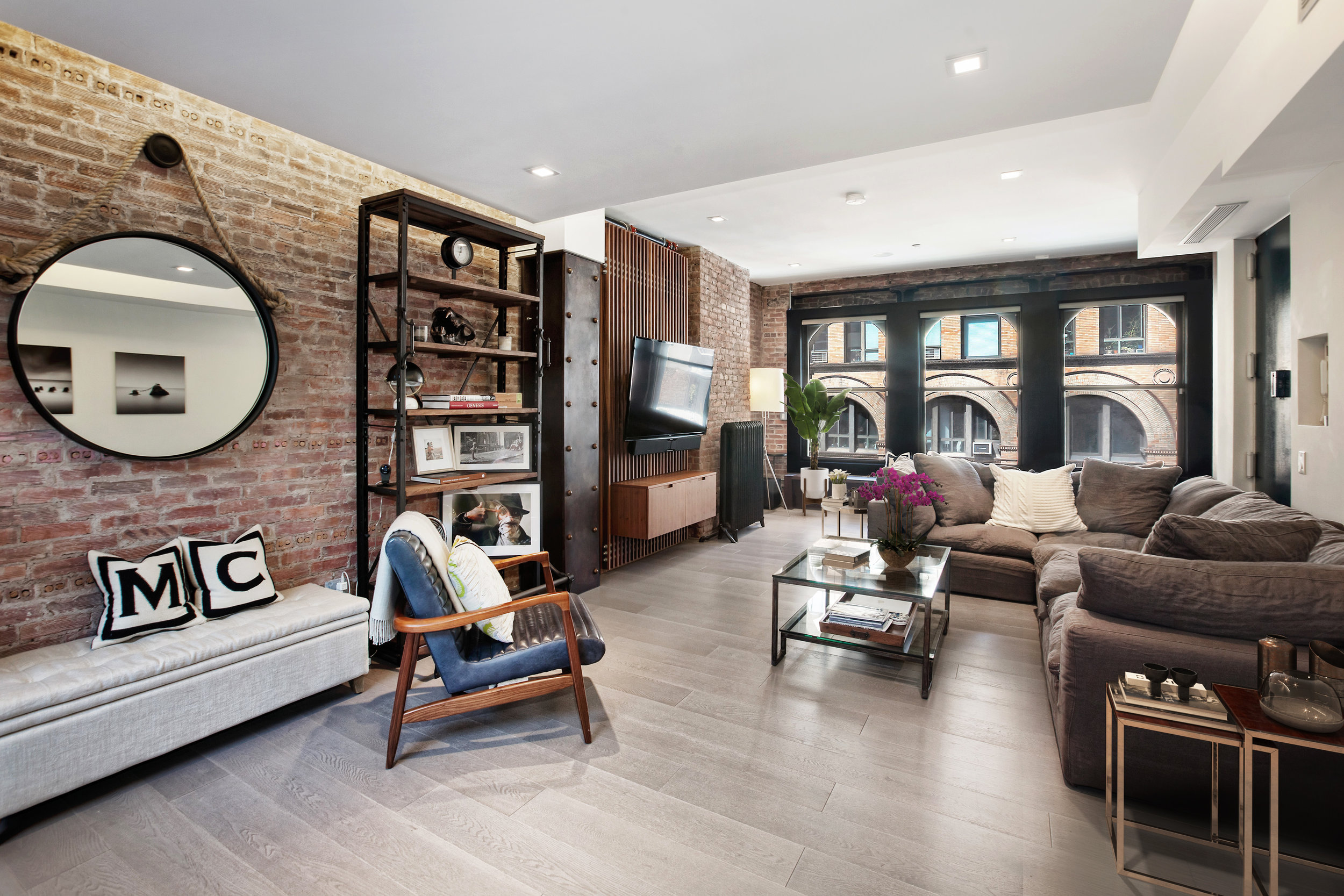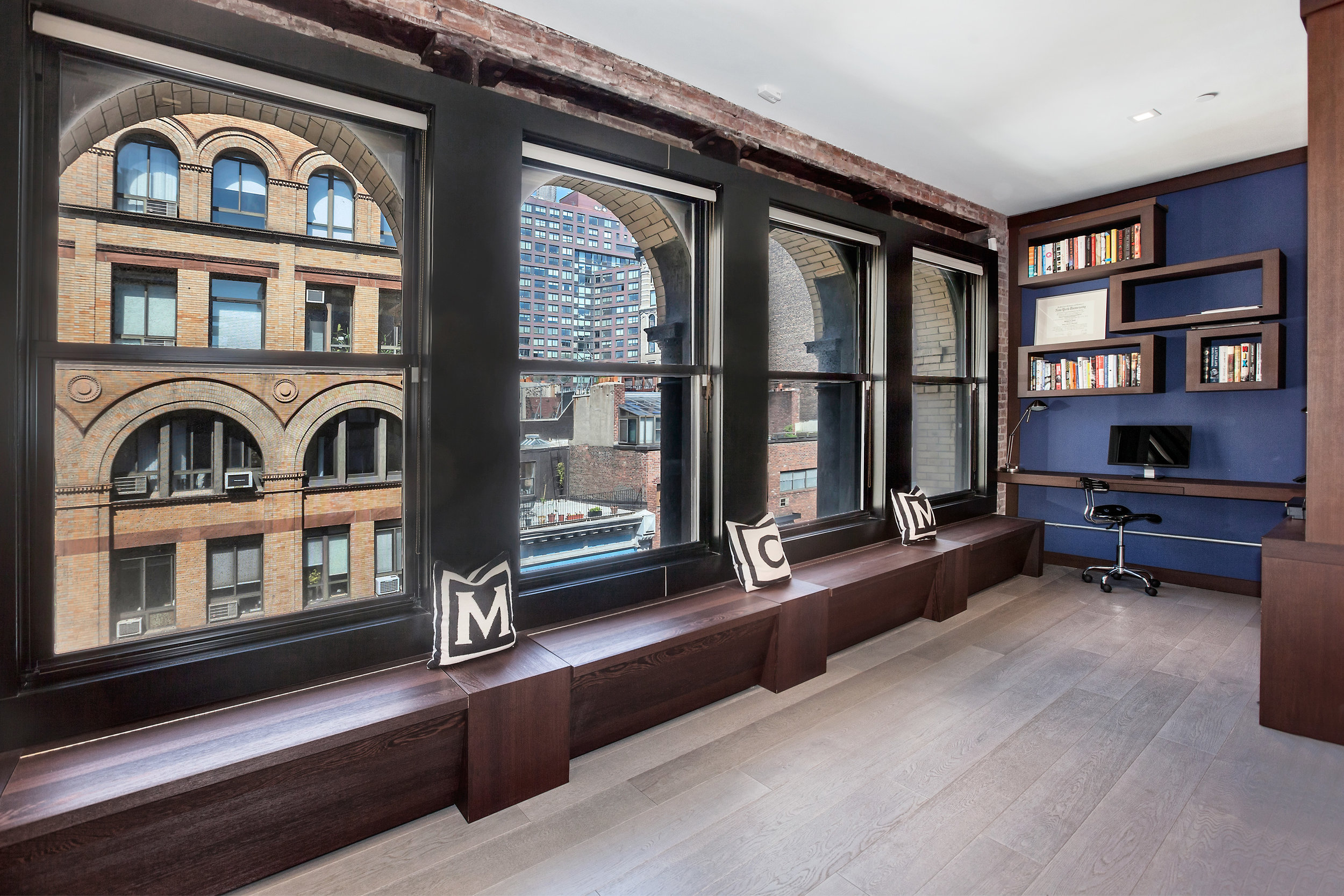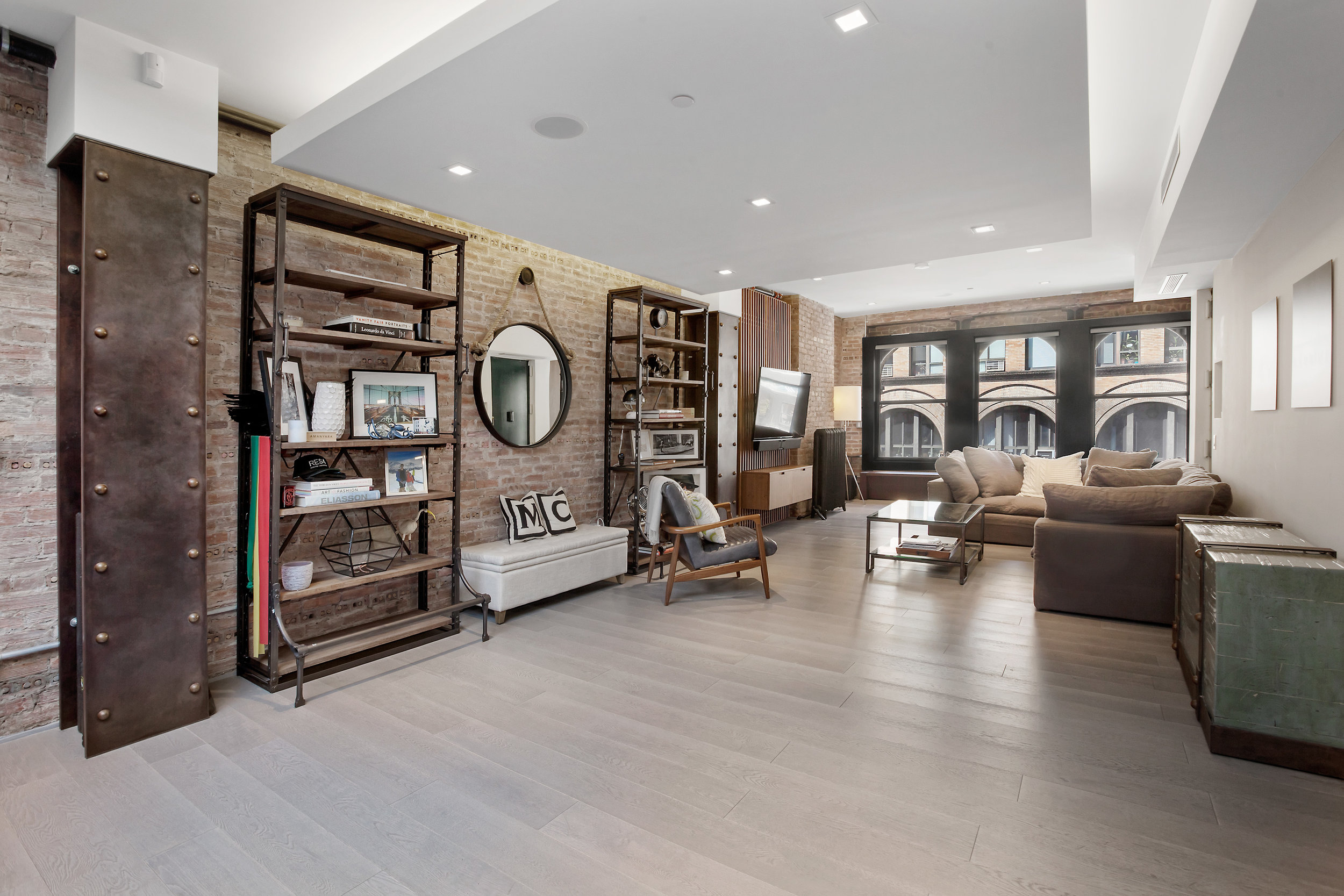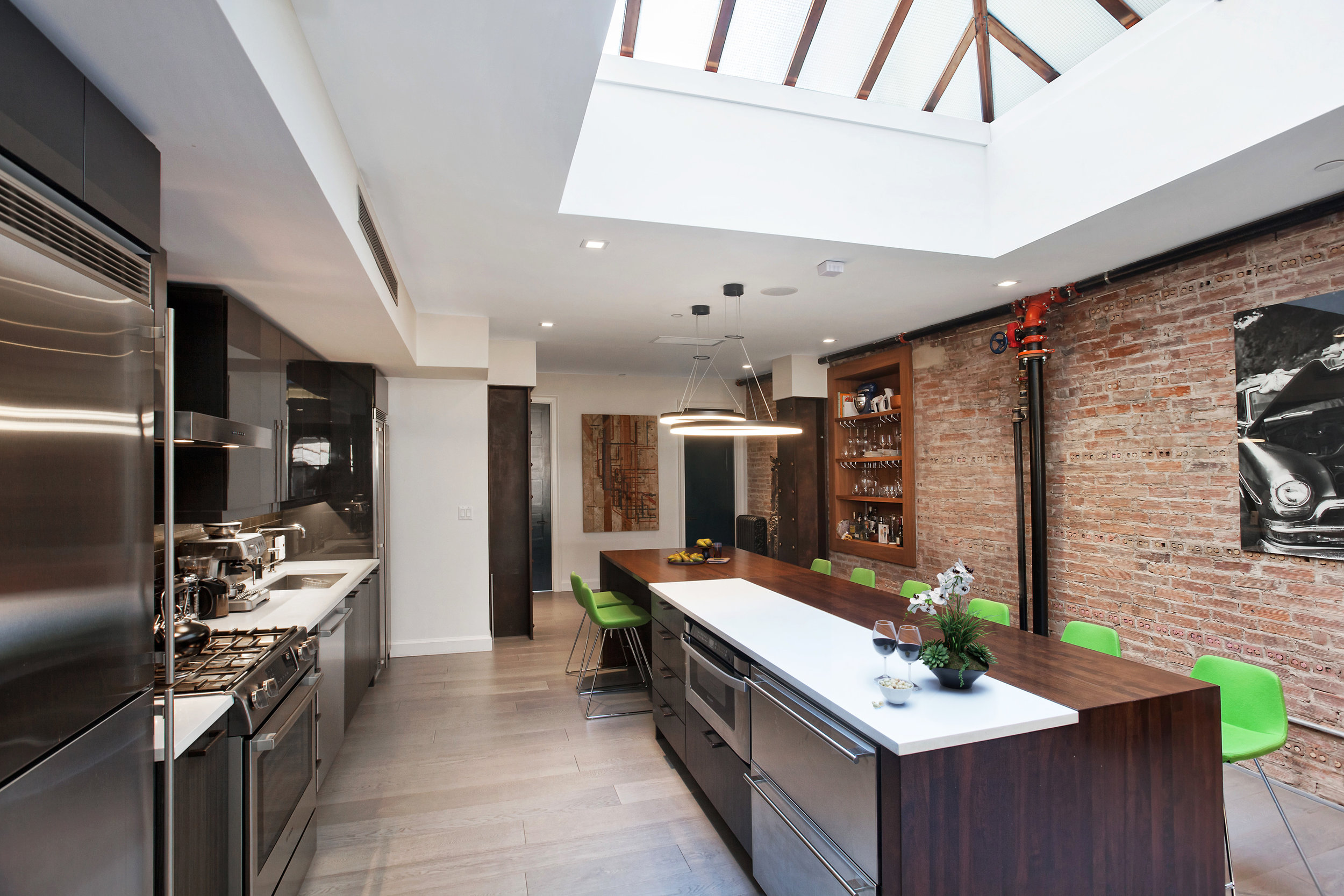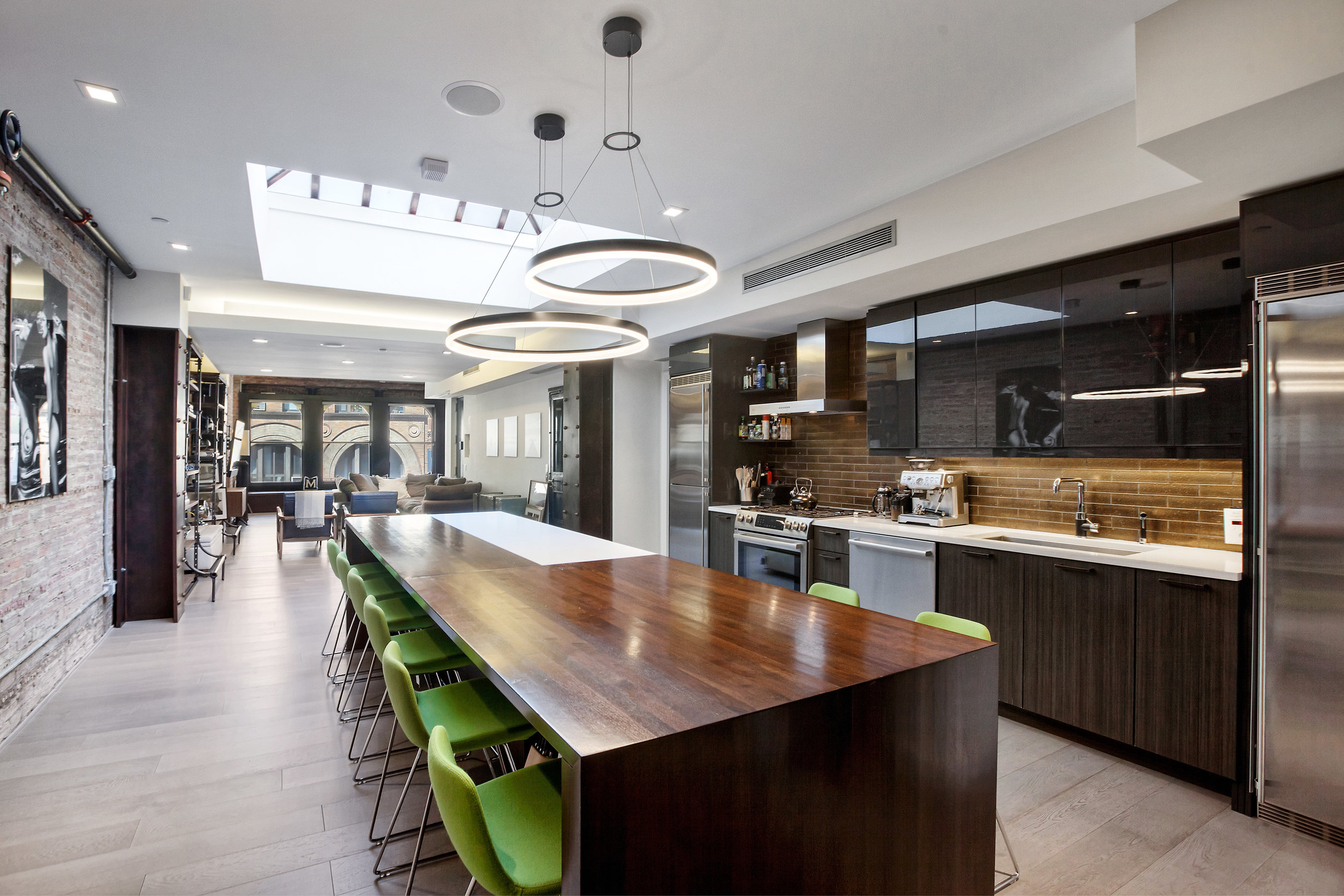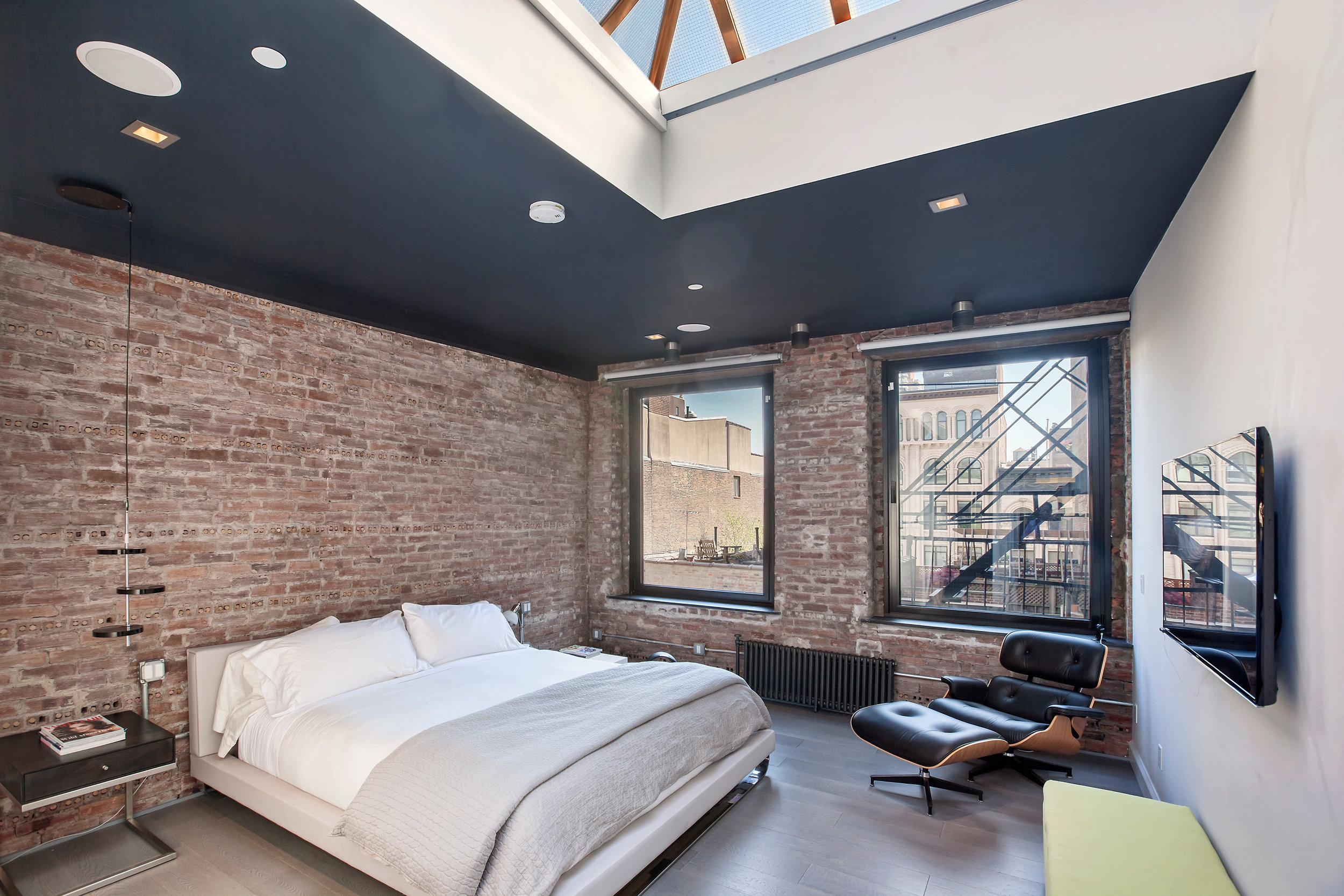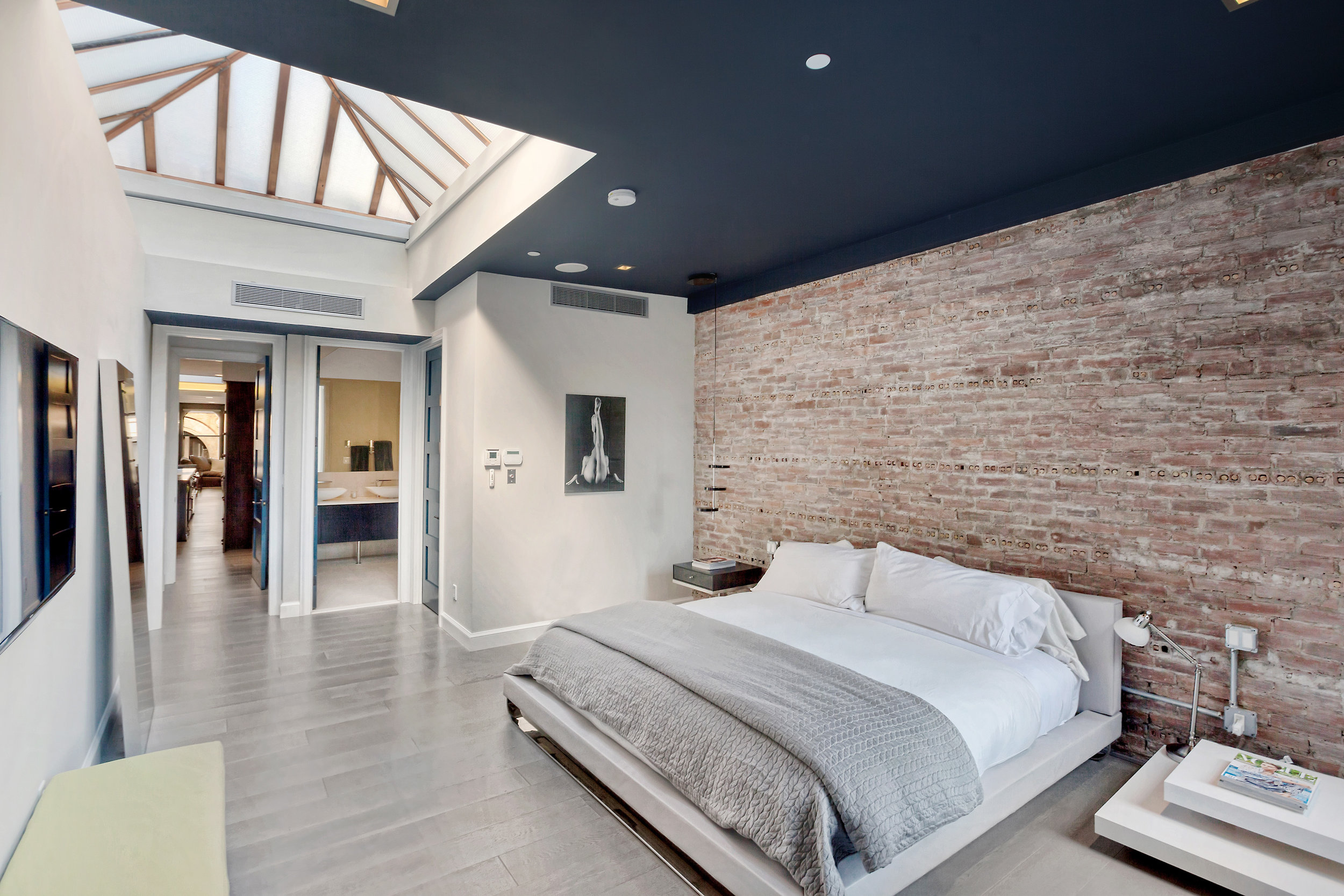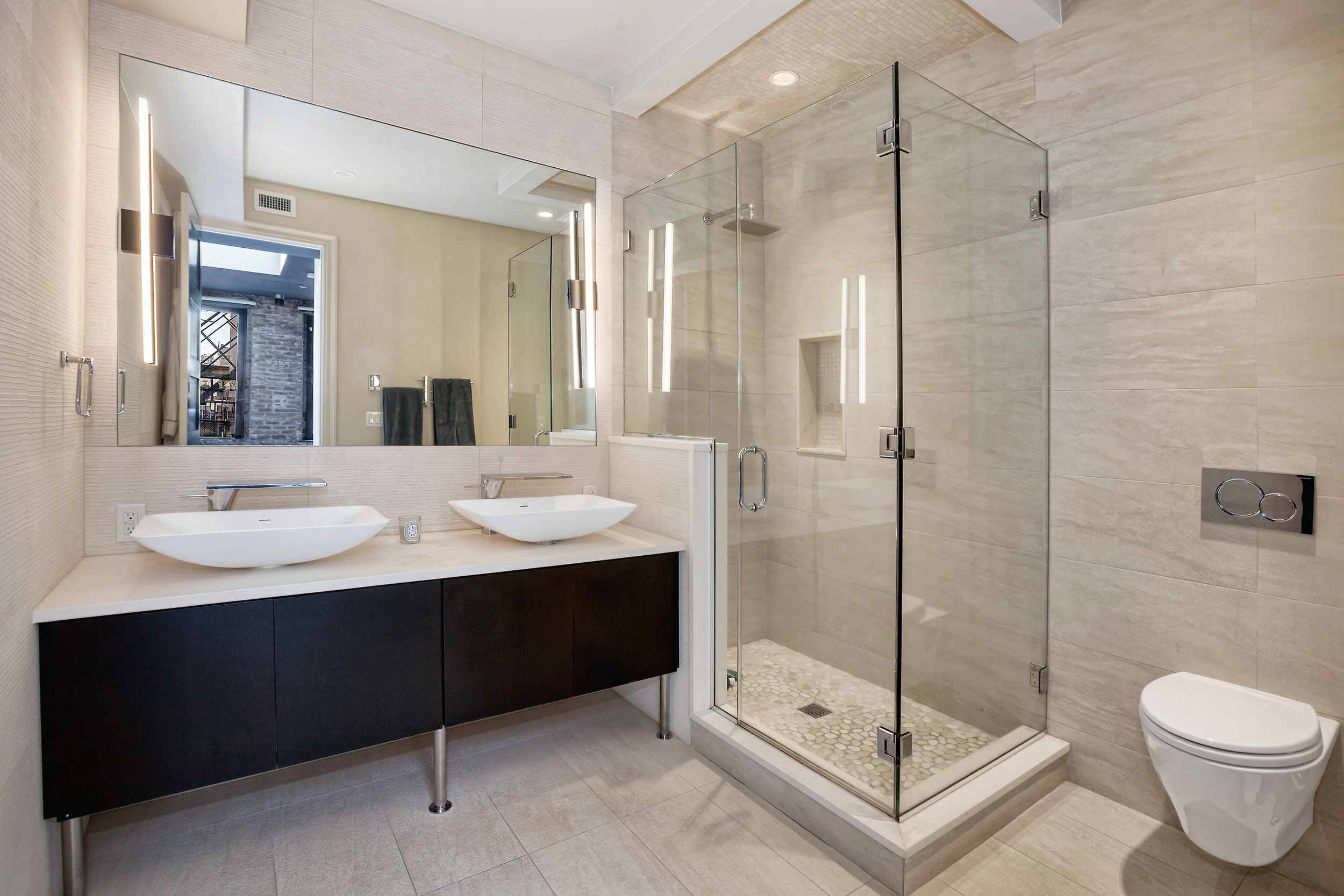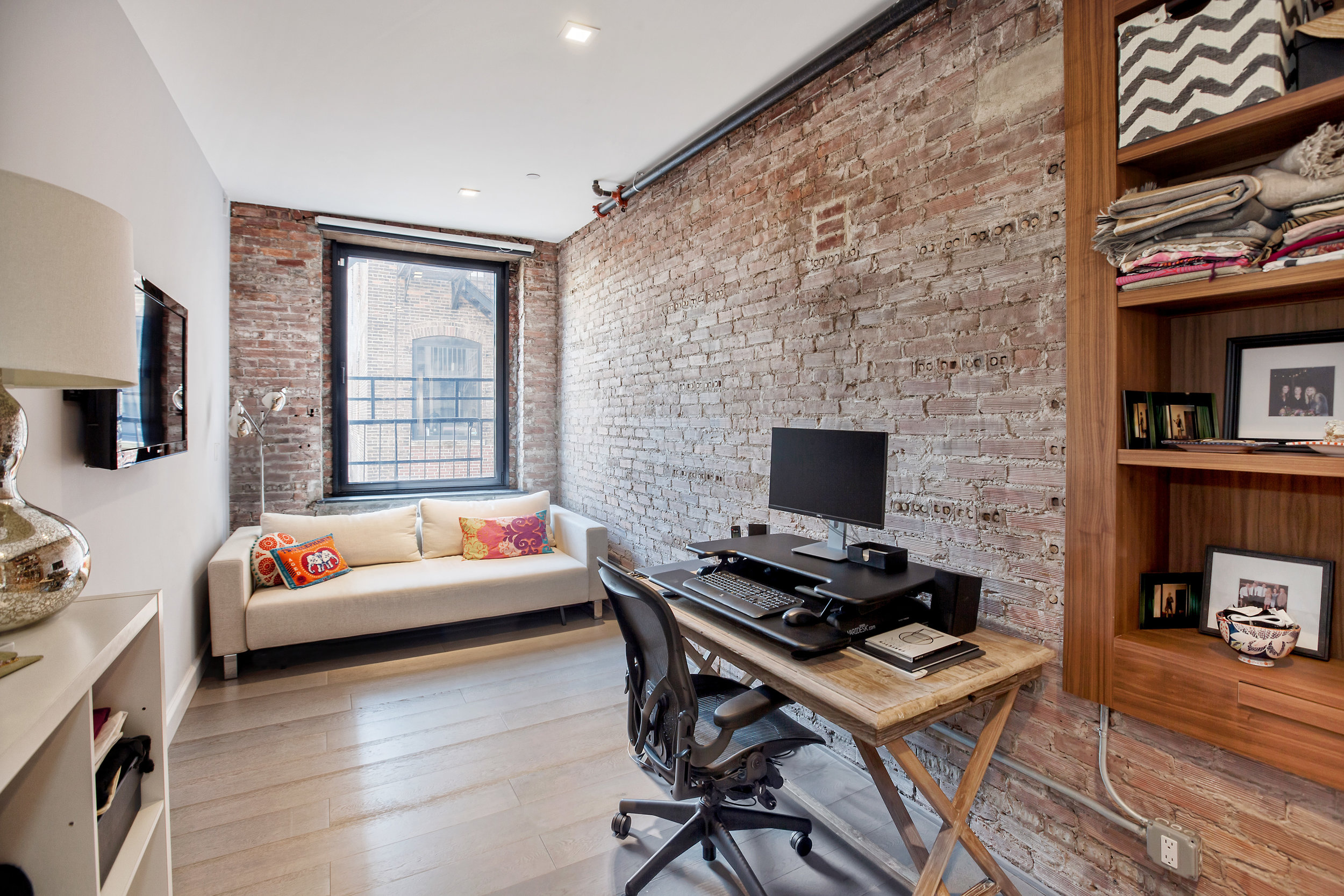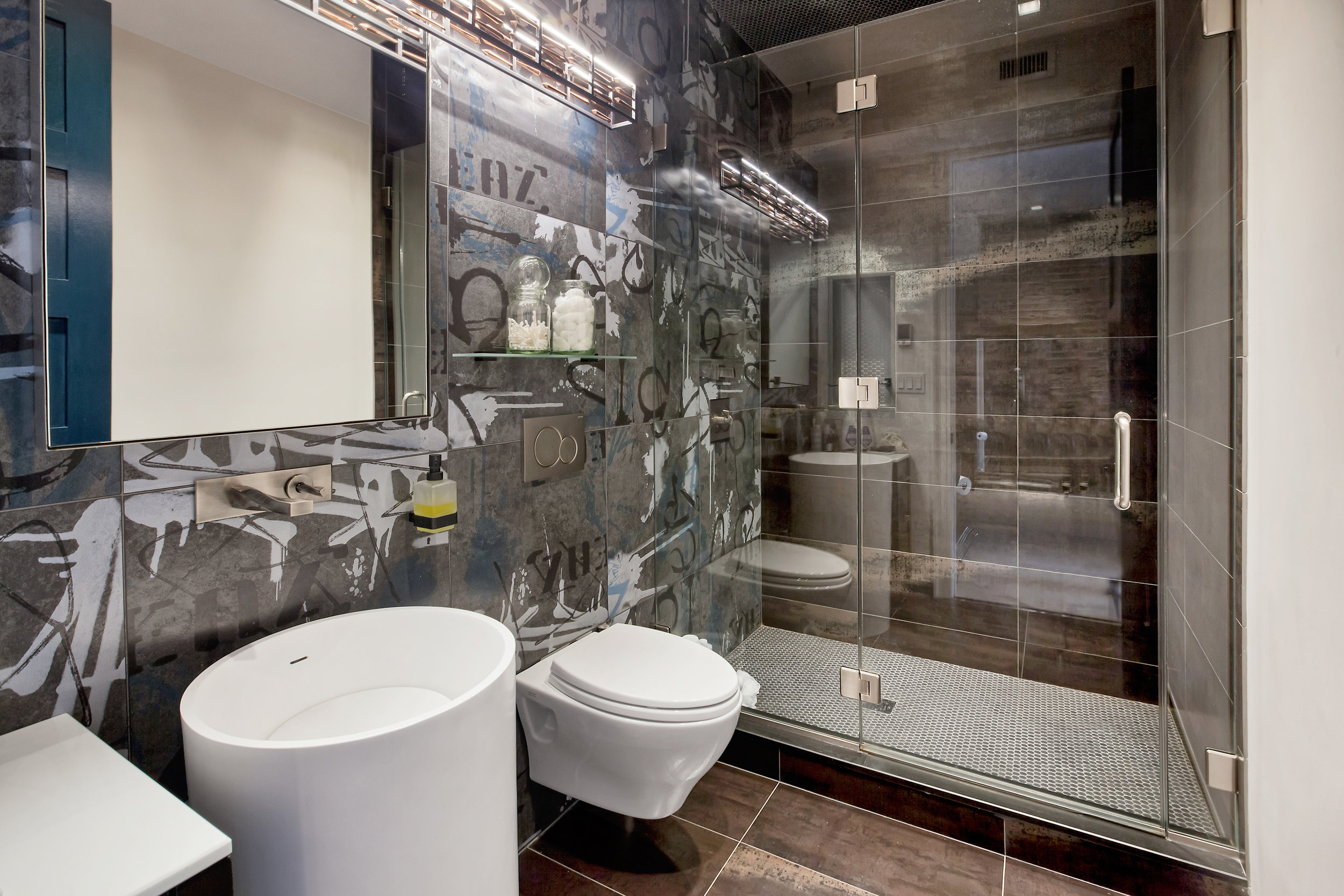Monthly costs may be slightly higher than in other areas of the city because of the fees the authority charges, “but a lot of people feel that is a cost they are willing to pay for what they get: the beautiful neighborhood,” said Andrew Klima, a Compass agent. The average sale price of a one-bedrooms in 2013 was $665,475, he said. In 2017 it was $814,278, and this year, through July, it was $865,170.
Several buildings that started as rentals have been converted to condominiums in recent years, said Jessica Weitzman, a Corcoran agent who lives in a condo built in 2006. The Solaire, completed in 2003, is scheduled to convert to condos next year.
On Aug. 9, there were 120 apartments listed for sale on StreetEasy, ranging from $550,000 for a one-bedroom, one-bathroom condo on South End Avenue to $10.995 million for a four-bedroom, five-bathroom penthouse on West Street. Of 129 rentals, the cheapest was $2,900 for a studio on South End Avenue and the priciest, $35,000, was for the four-bedroom West Street penthouse that was also for sale.
The Vibe
Although the area attracts tourists, many residents find it a quiet retreat. “It’s off the grid a bit,” said Dan Cahill, 37, an asset manager who moved into the neighborhood in 2012 with his wife, Alexandra Cahill, 34, a teacher.
He was attracted by the open spaces where he could run or bicycle, he said, and later discovered, after having children, that “the area is also extremely kid-friendly.” Restaurants are welcoming, he said, often supplying crayons, and activities abound.
Governor Nelson A. Rockefeller Park, at the northern end of the neighborhood, is a gathering spot for parents with strollers. Teardrop Park has a water play area and a long slide that ends in a sand pit. Another playground has a house where children may borrow games and toys. Stuyvesant High School, at the northern end, allows residents to pay discounted fees to use its pool, gym and other areas during nonschool hours. (Residents get no advantage, however, in qualifying for the specialized public school.)
Cultural spots include the Museum of Jewish Heritage: A Living Memorial to the Holocaust, on the southern end, in Robert F. Wagner Jr. Park, and the Skyscraper Museum across the street. The Irish Hunger Memorial commemorates the 19th-centruy potato famine with stones from each of Ireland’s 32 counties. Poets House, home to a national archive of 70,000 volumes of poetry, sponsors readings and other programs.
“There’s a waiting list” for plots at the community garden at Albany and West Streets, said Anthony Notaro, who described working on his small plot, for which he pays $20 a year, as one of his favorite activities. Mr. Notaro, 57, who works for a software firm from his apartment, which he bought in 1996, is chairman of Community Board 1, covering the area south of Canal Street.
Karlene Weise, president of the Gateway Plaza Tenants Association, participates in musical events, she said, but sometimes after she returns from her job as a document specialist at J.P. Morgan, she prefers to sit on the esplanade: “I just look at the water and the Statue of Liberty, and after a few minutes, I’m better.”
The Schools
M276, Battery Park City School, in the southern part of the neighborhood, has 802 students in kindergarten through eighth grade. According to the 2016-2017 School Quality Snapshot, 75 percent met state standards in English, compared to 41 percent citywide; 72 percent met state math standards, compared to 38 percent citywide.
At P.S. 89, Liberty School, there are 420 students enrolled in prekindergarten through fifth grade; last year, 79 percent met state standards in English, versus 40 percent citywide, and 85 percent met state math standards, versus 42 percent citywide.
The school shares a building with I.S. 289, Hudson River Middle School, which has 279 students in sixth through eighth grades. It is a screened school, accepting students based on a variety of academic criteria, and only residents of District 2, of which Battery Park City is a part, can apply. On state tests last year, 69 percent met standards in English, compared to 41 percent citywide, and 65 percent met state standards in math, compared to 33 percent citywide.
The Commute
Among the trains that make stops a few blocks east of West Street are the 1, 2, 3, 4, 5, 6, A, C, E, J, R and Z trains. The M9, M20 and M22 buses and a free shuttle bus operated by the Downtown Alliance also make stops in the neighborhood. A new pedestrian underpass starts in the Winter Garden Atrium at Brookfield Place and leads to the Oculus, the mall and transportation hub, designed by Santiago Calatrava, where most of these lines, and the PATH system, converge.
The History
After Sept. 11, 2001, when much of the area was damaged and many people were evacuated, about half the residents left for good. Since then, the community has rebounded and grown to about 16,000 residents, 2,000 more than was predicted a decade ago.
